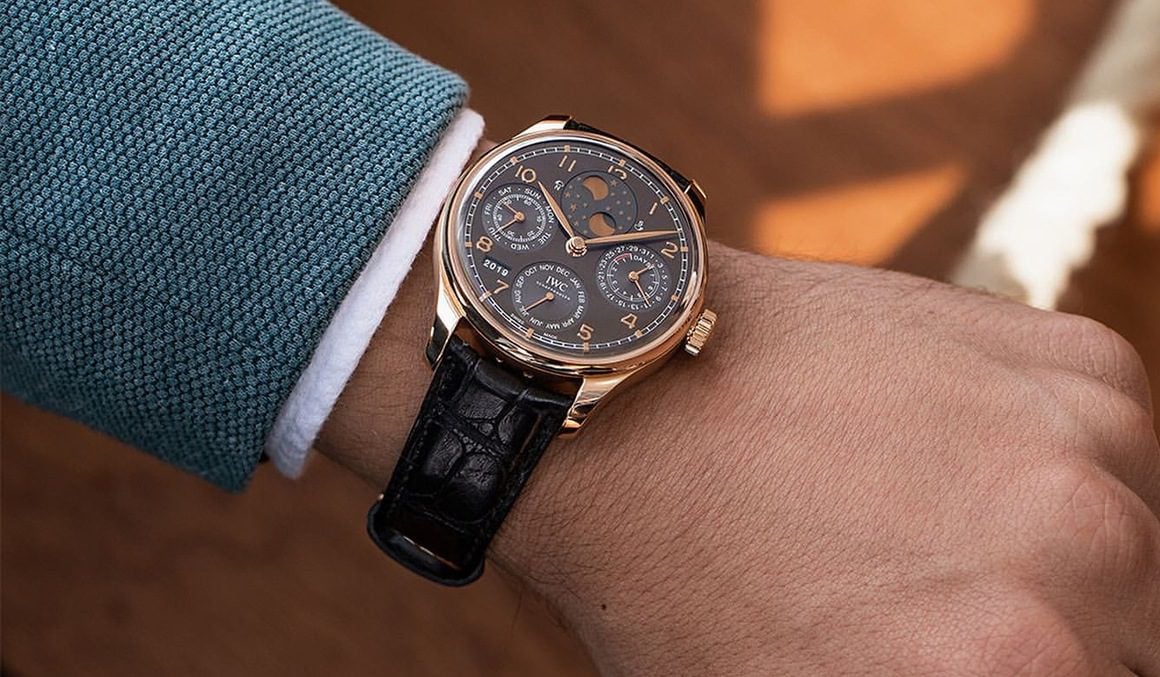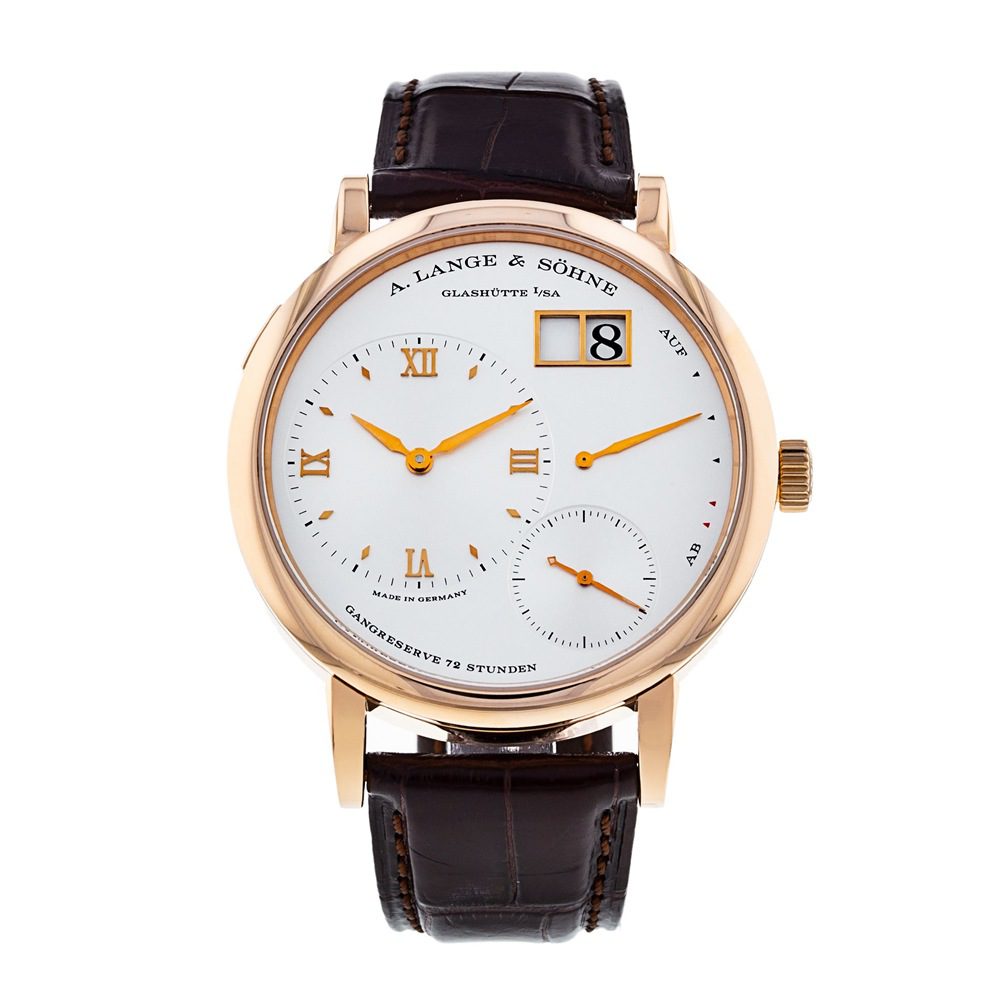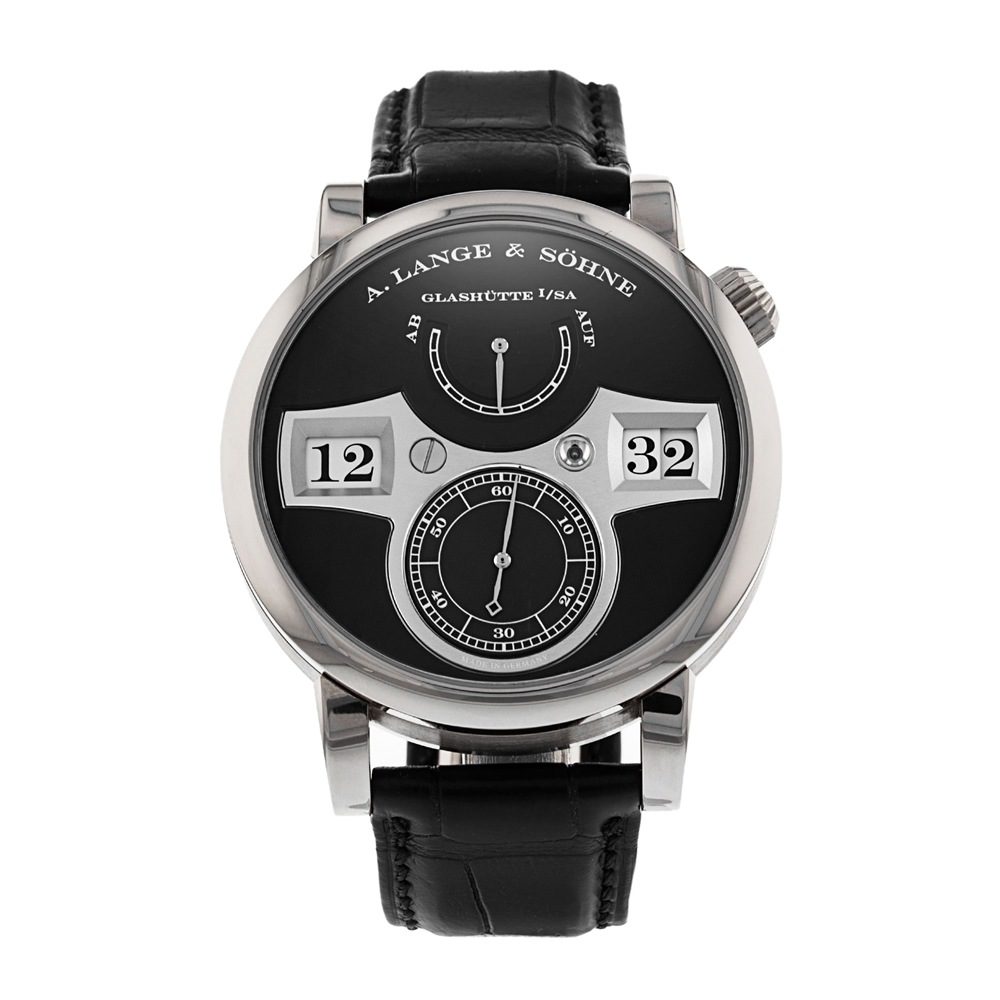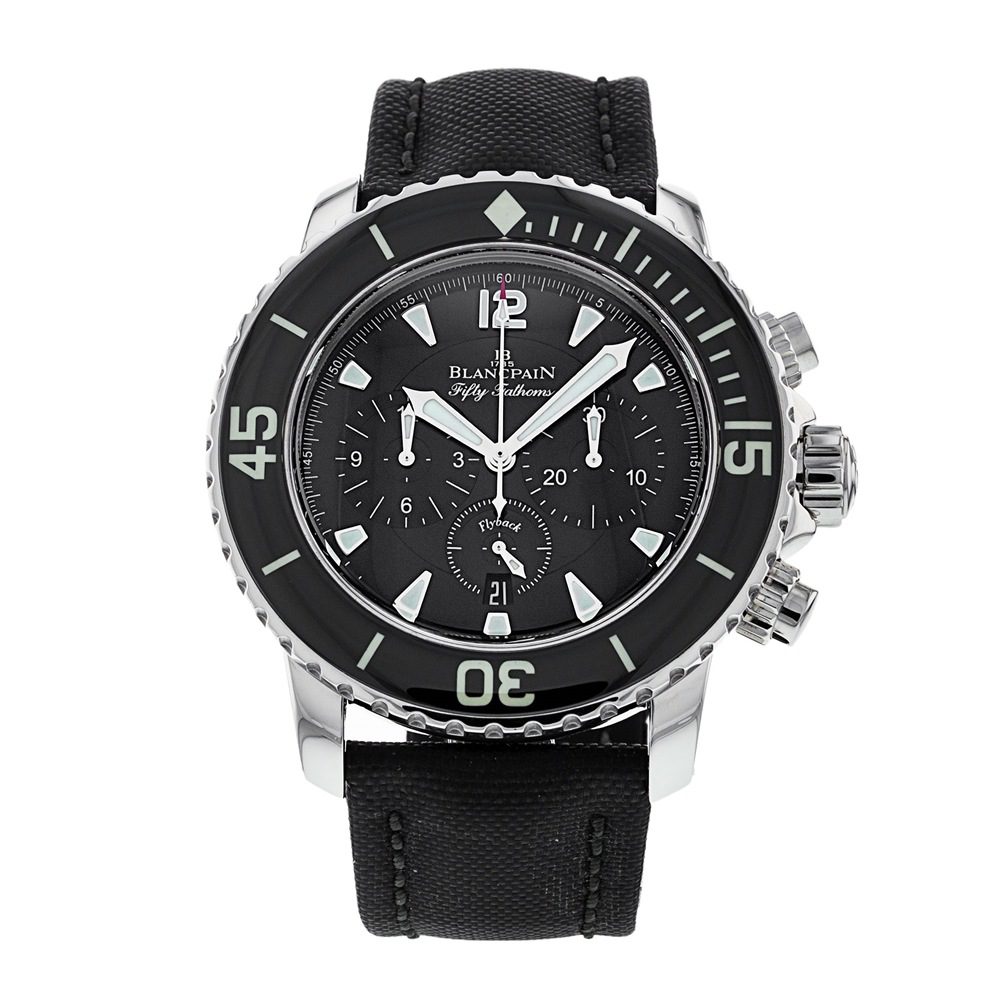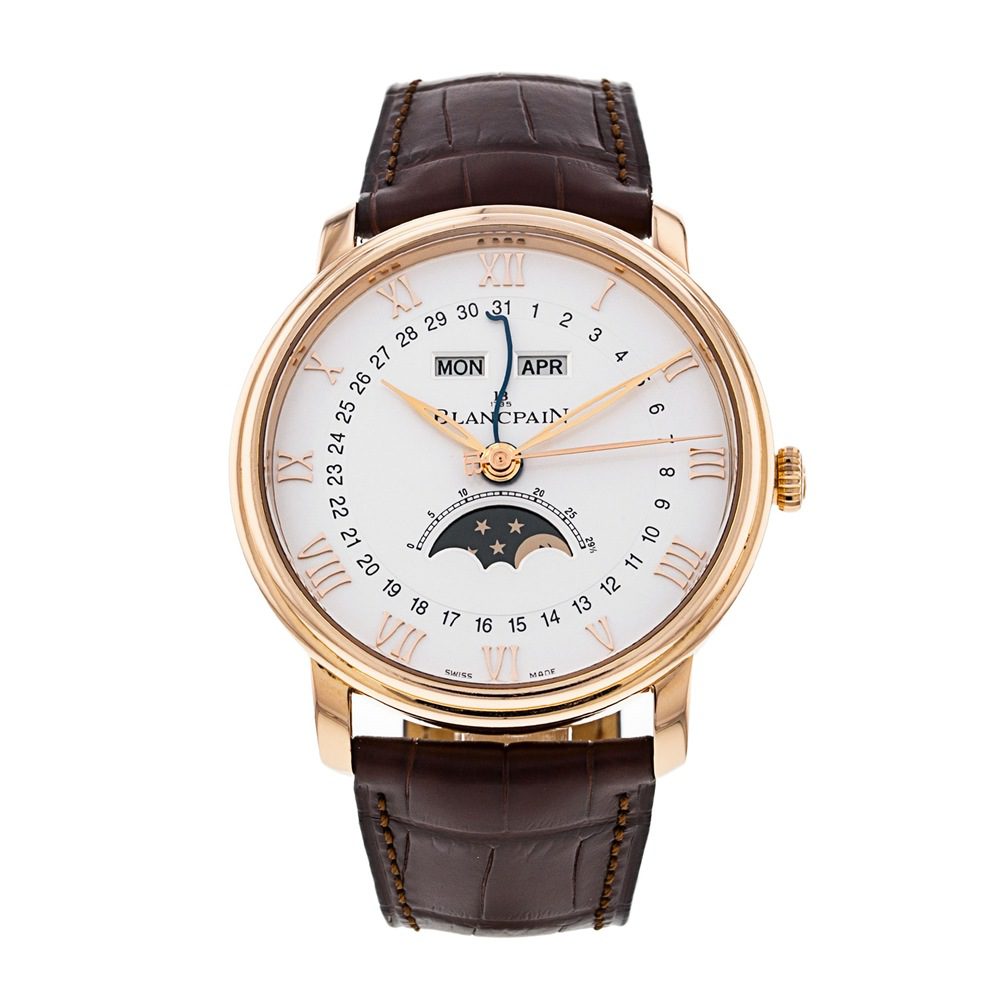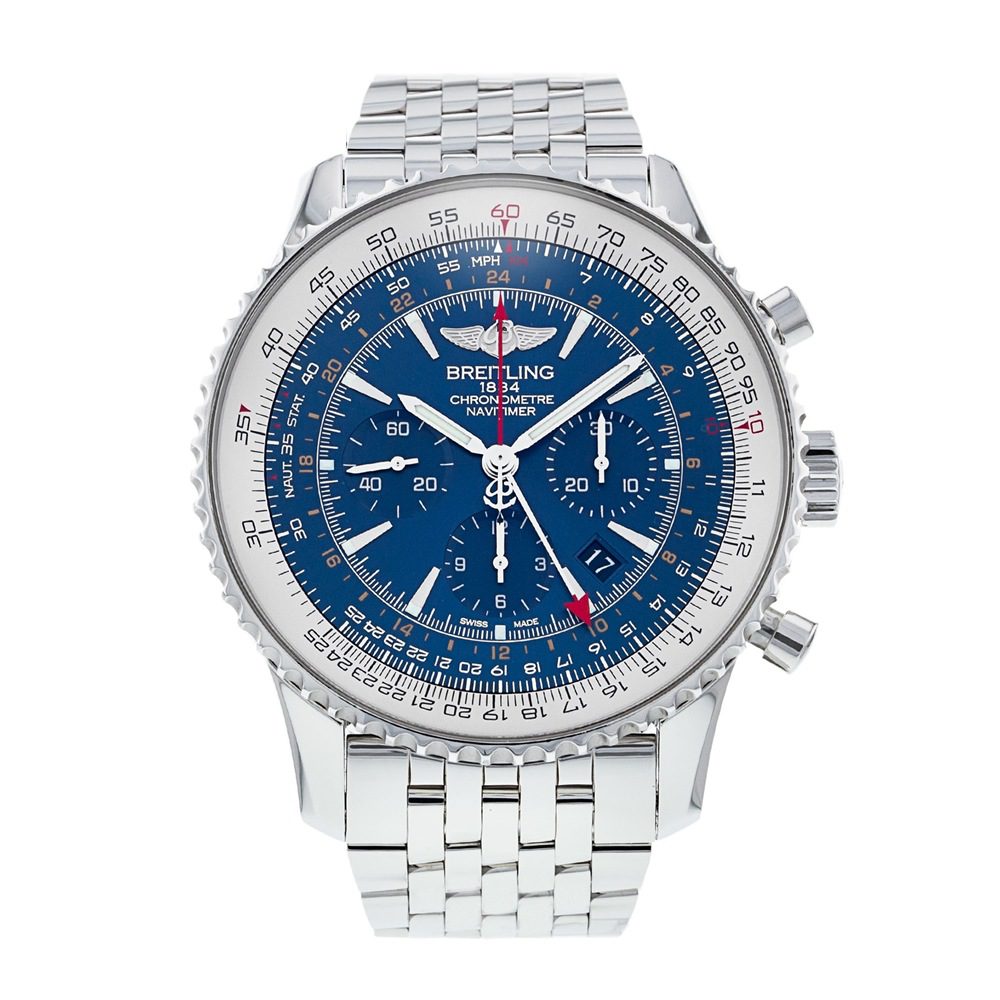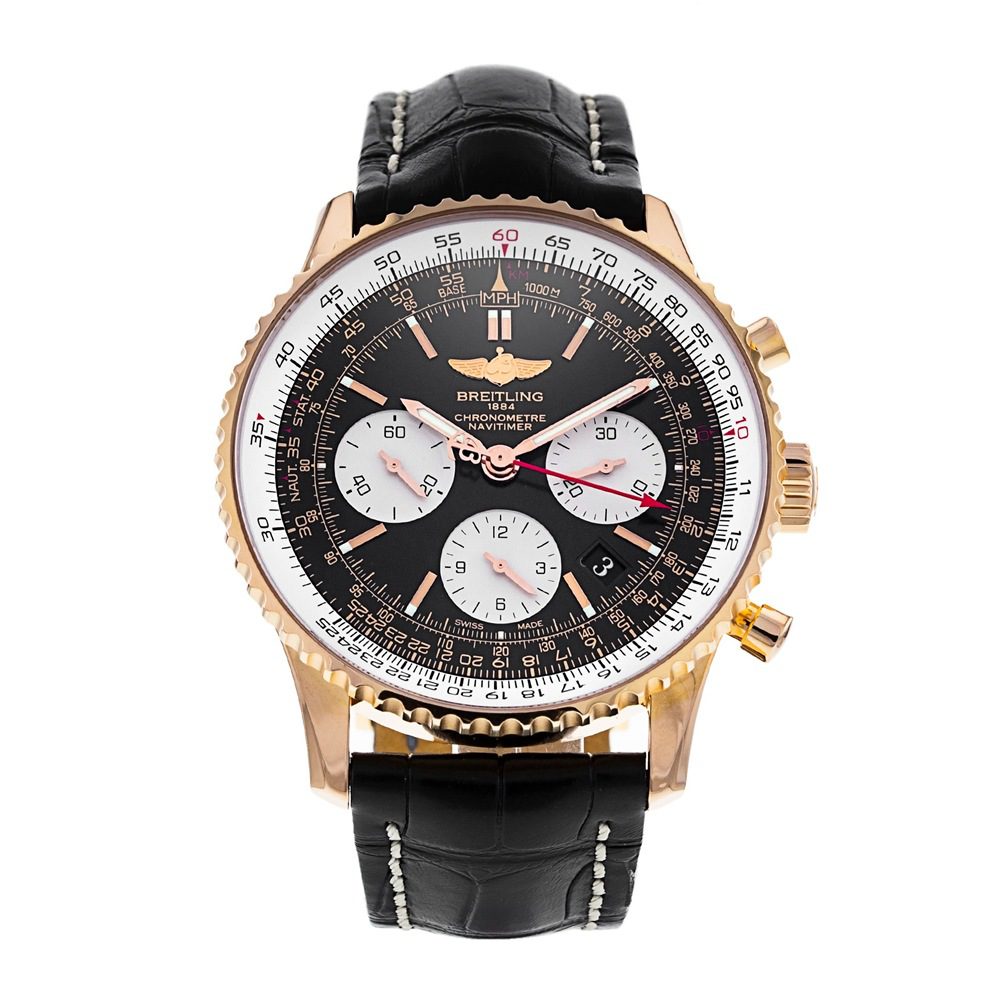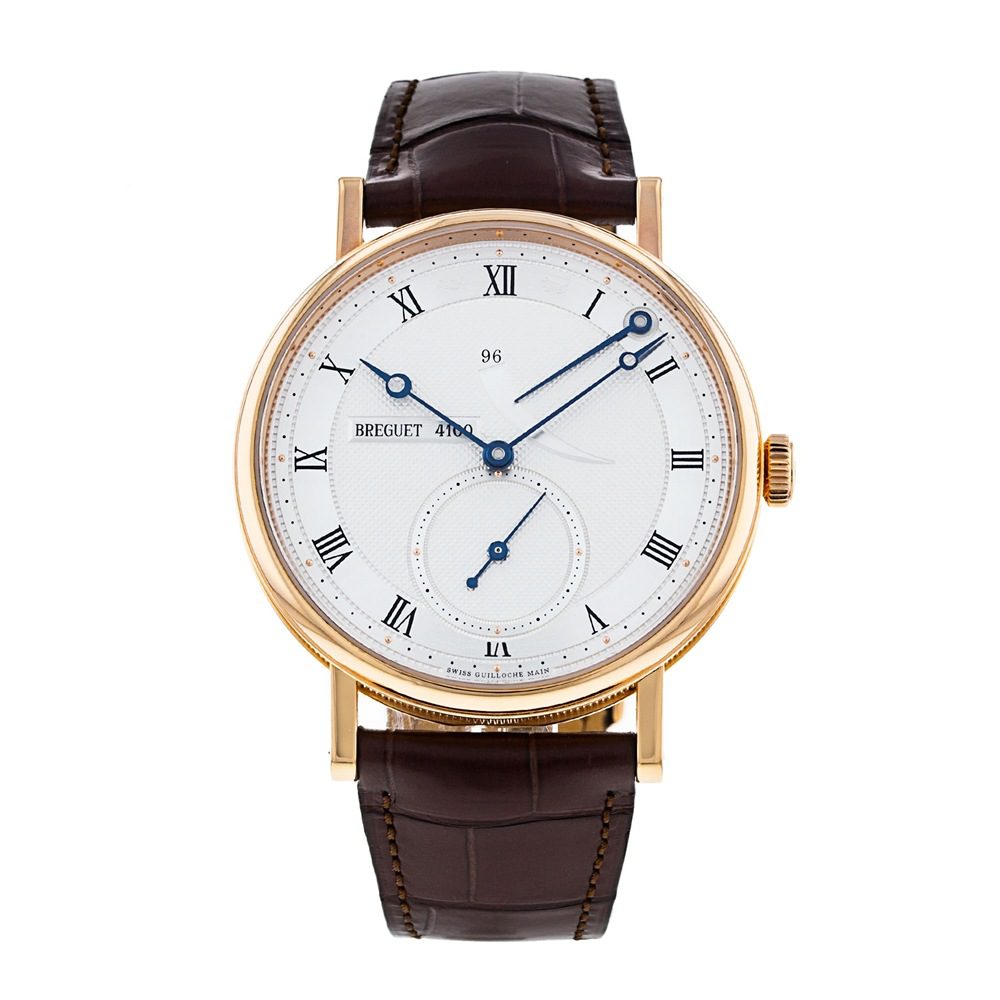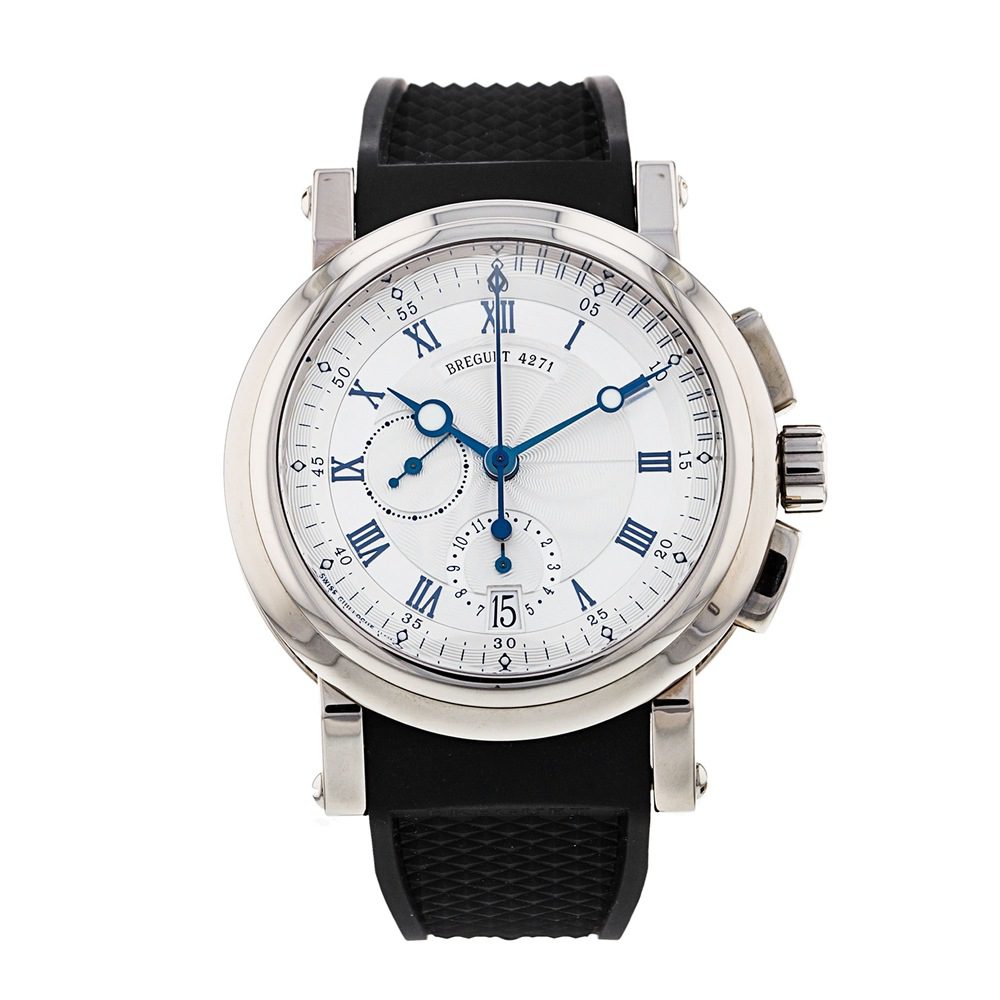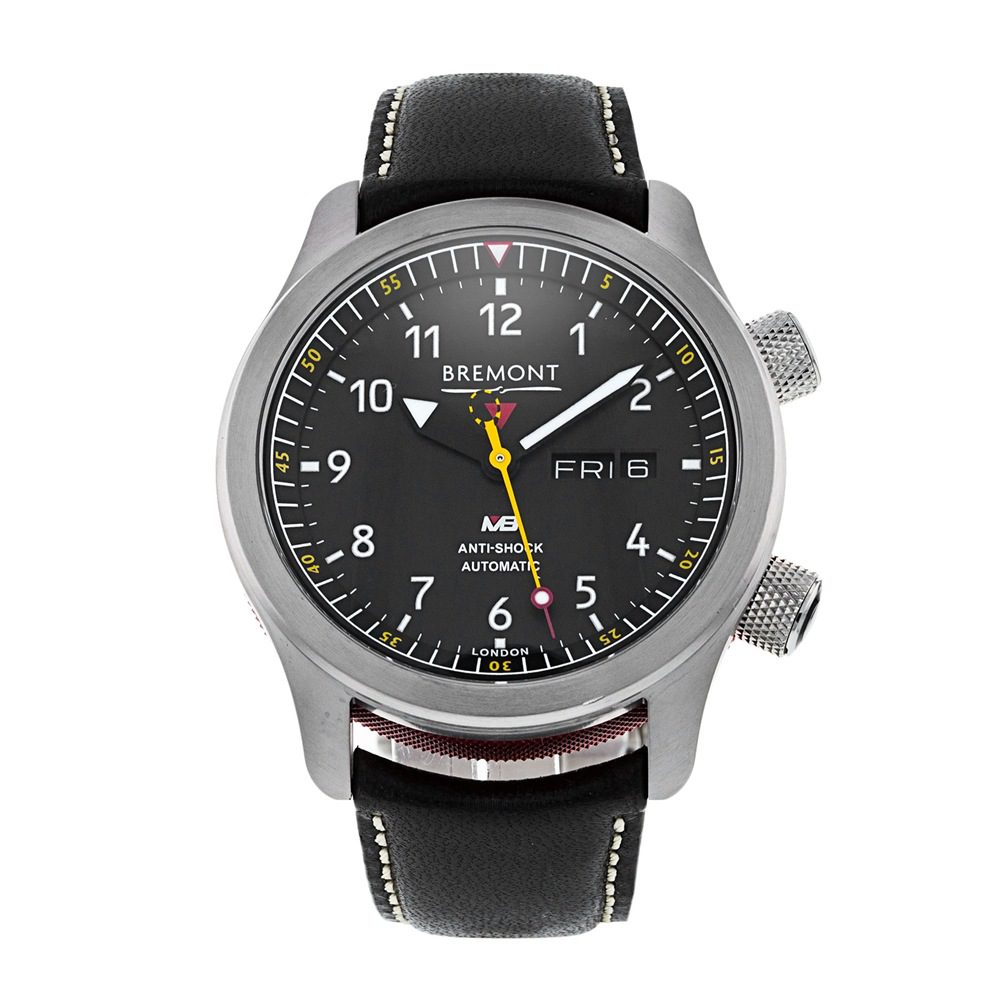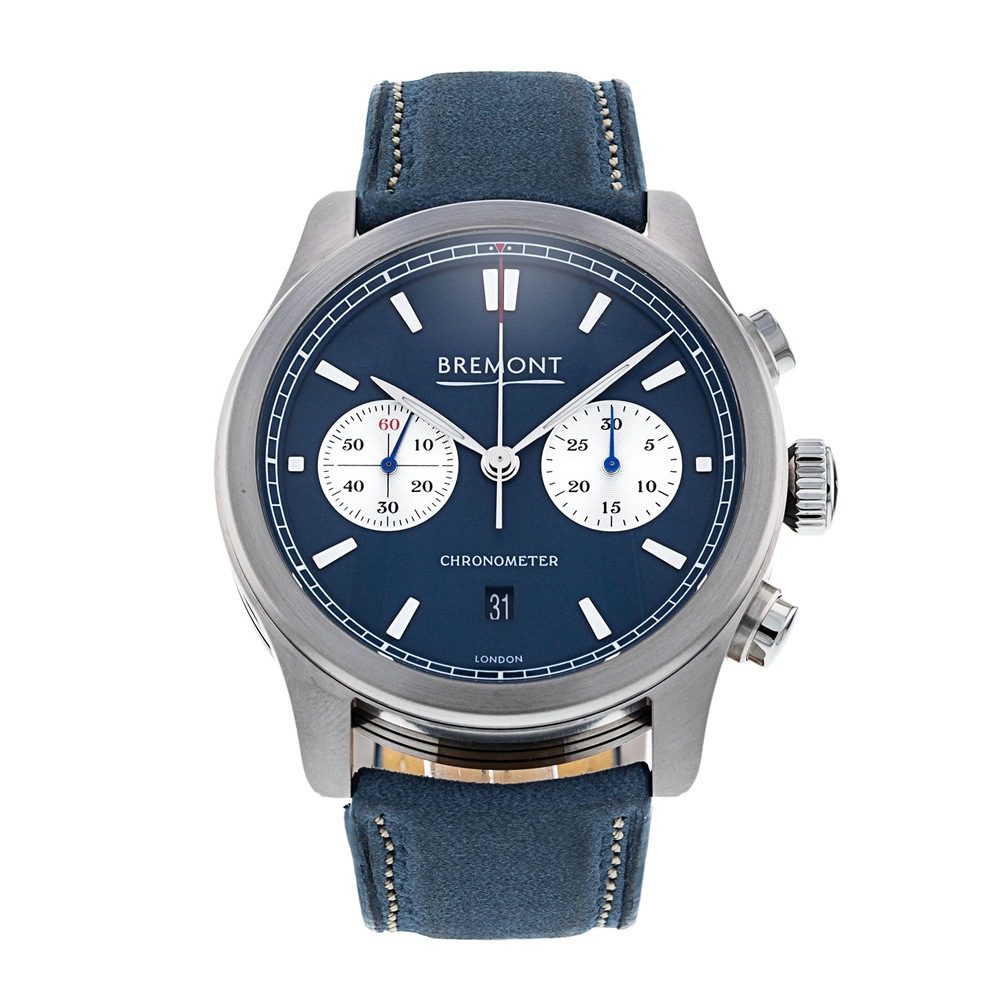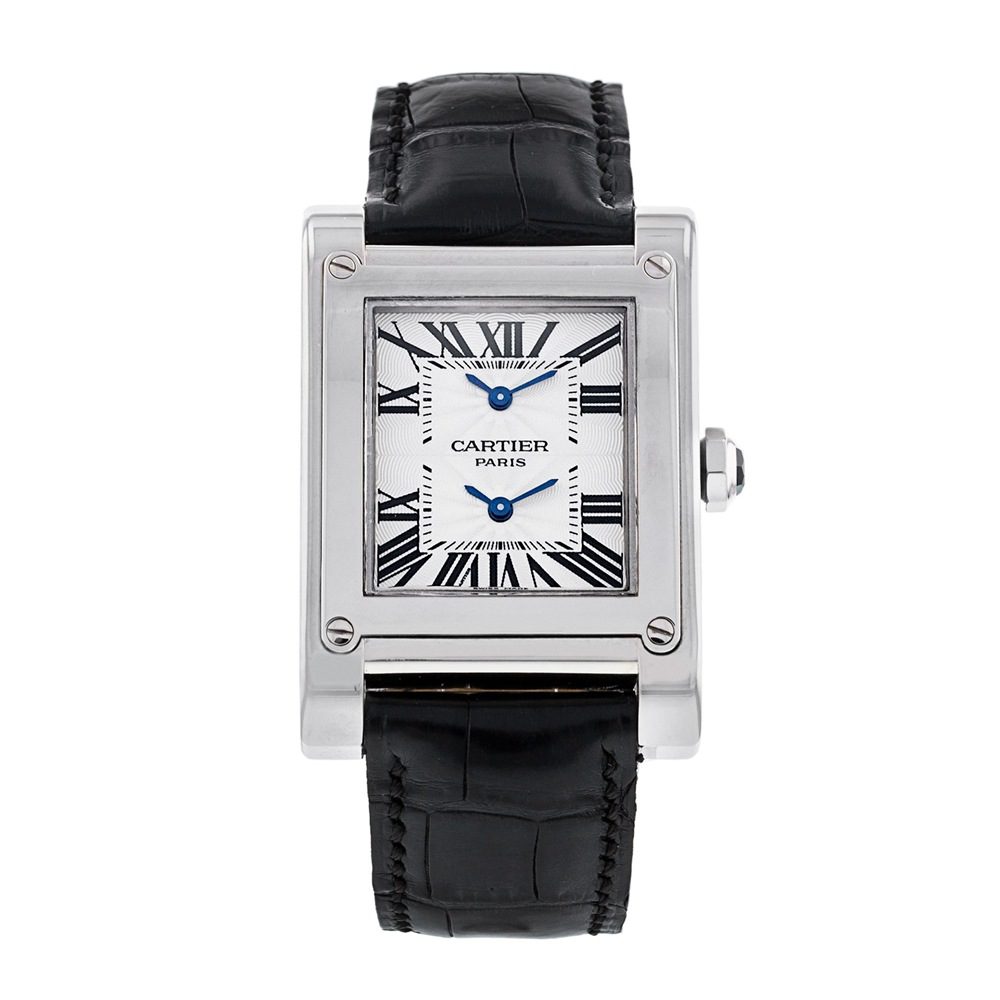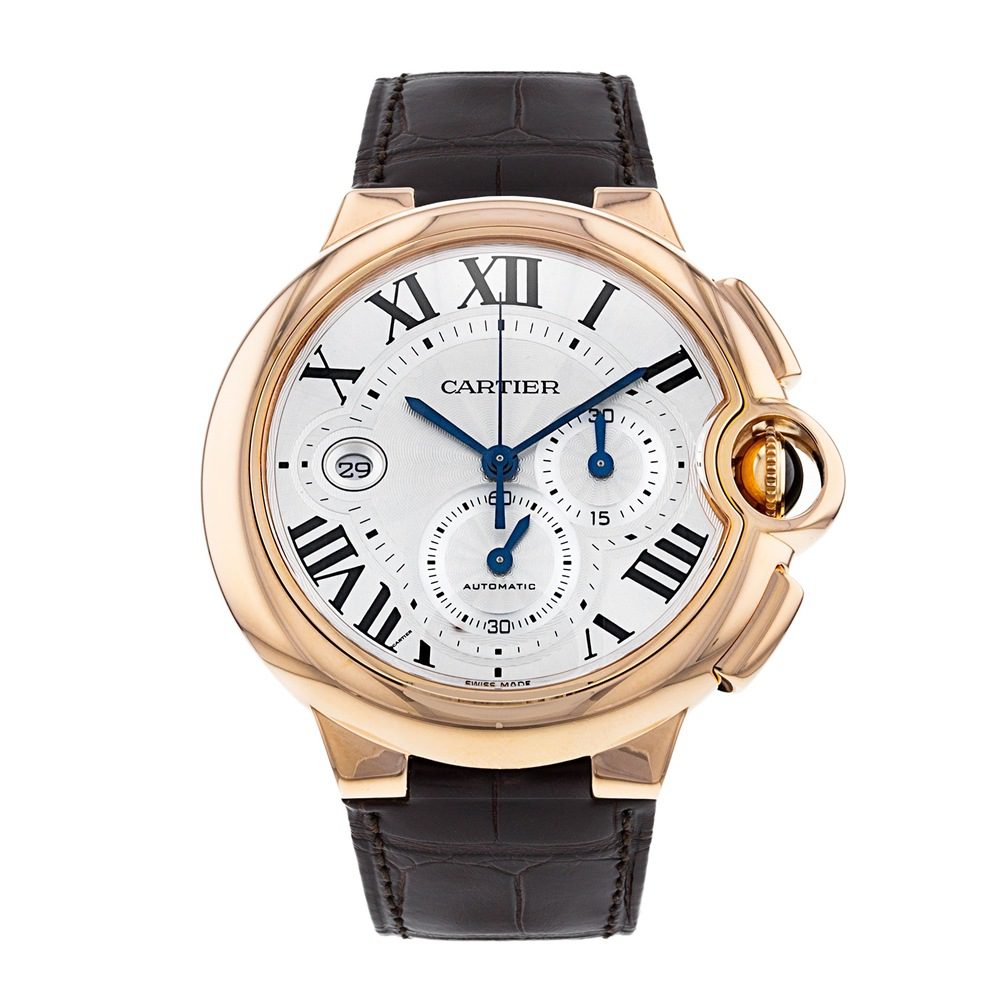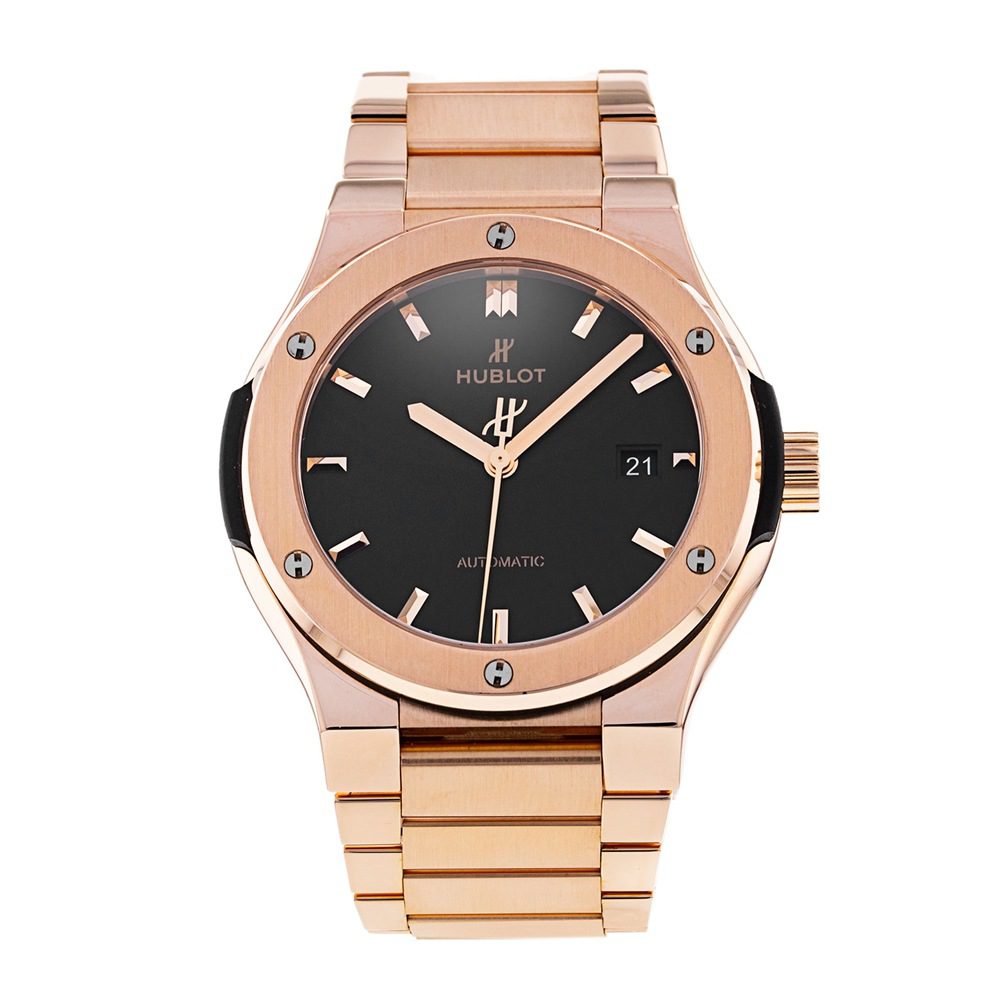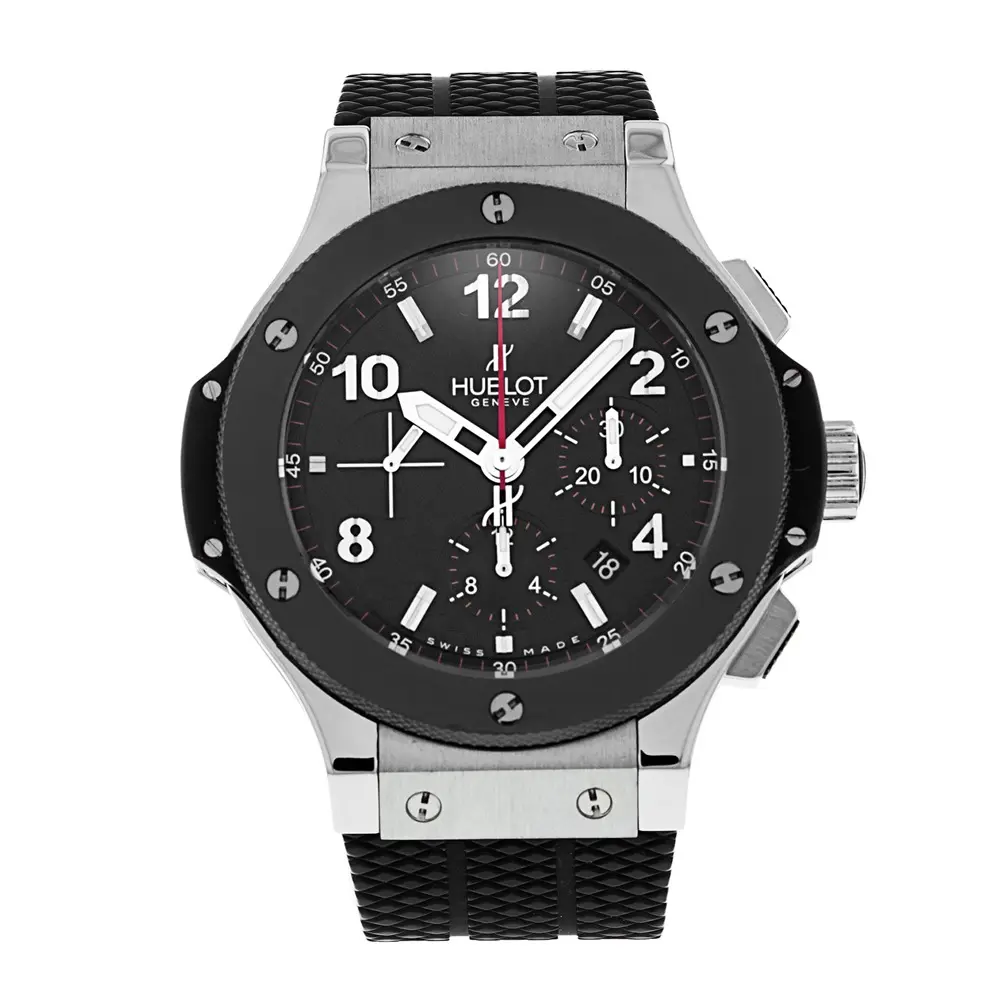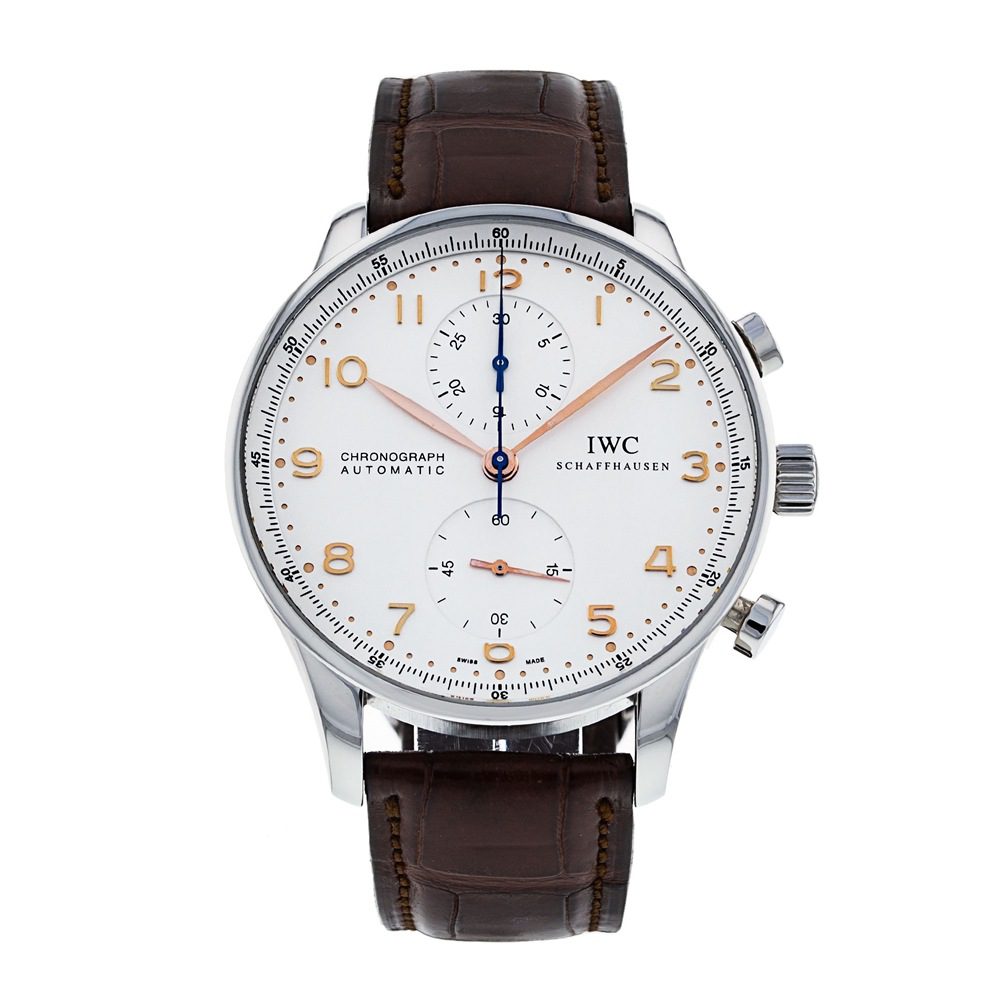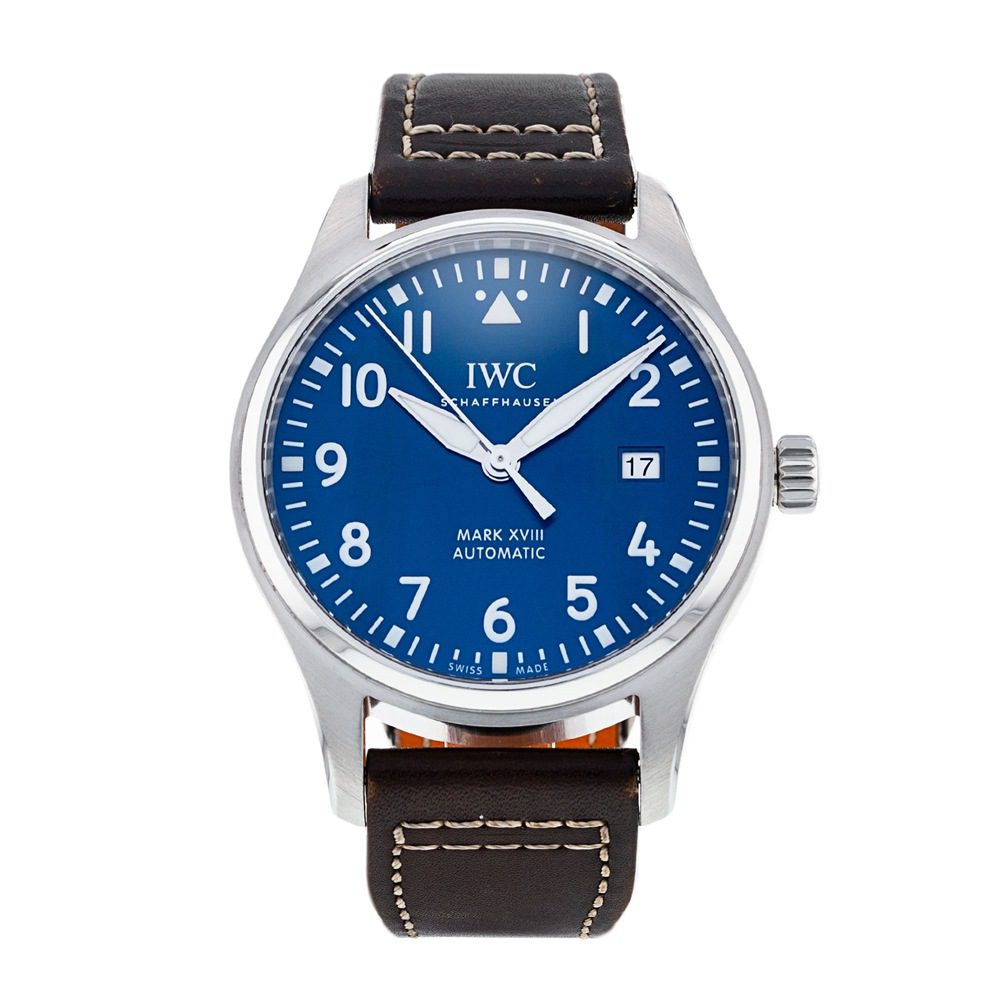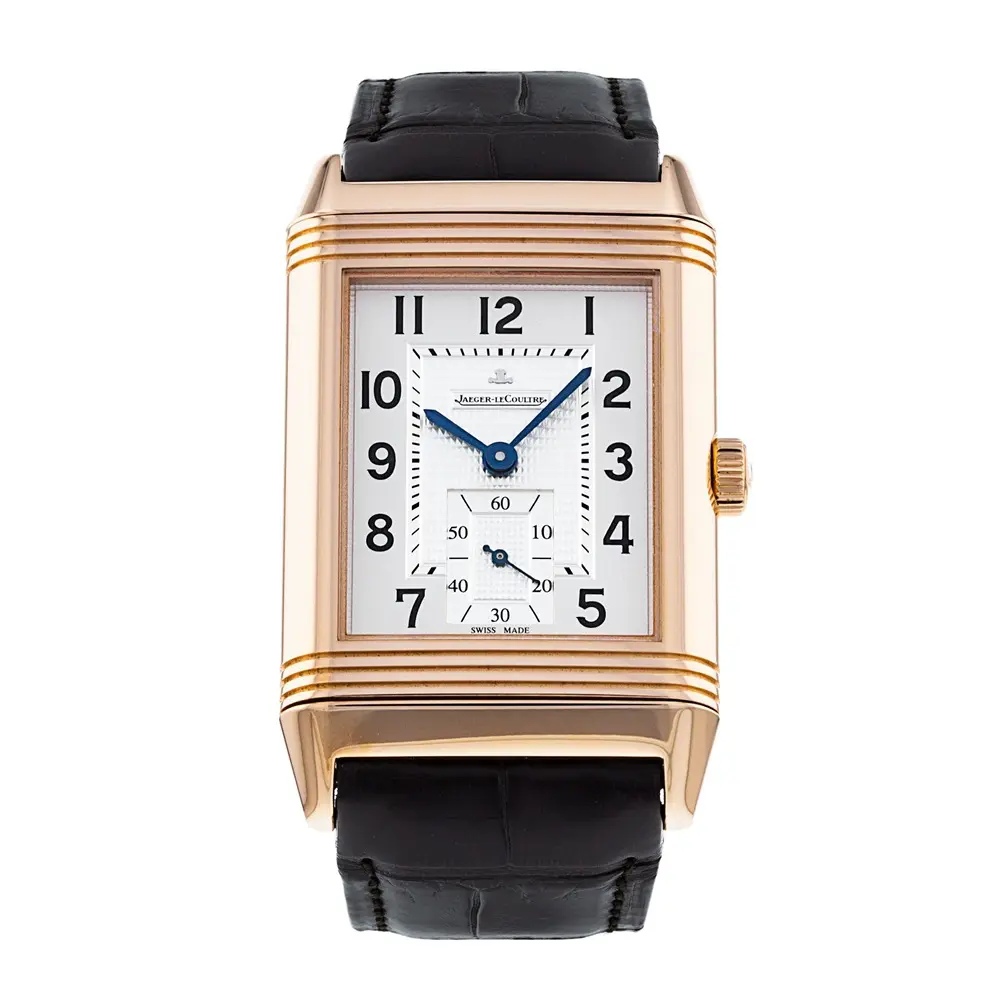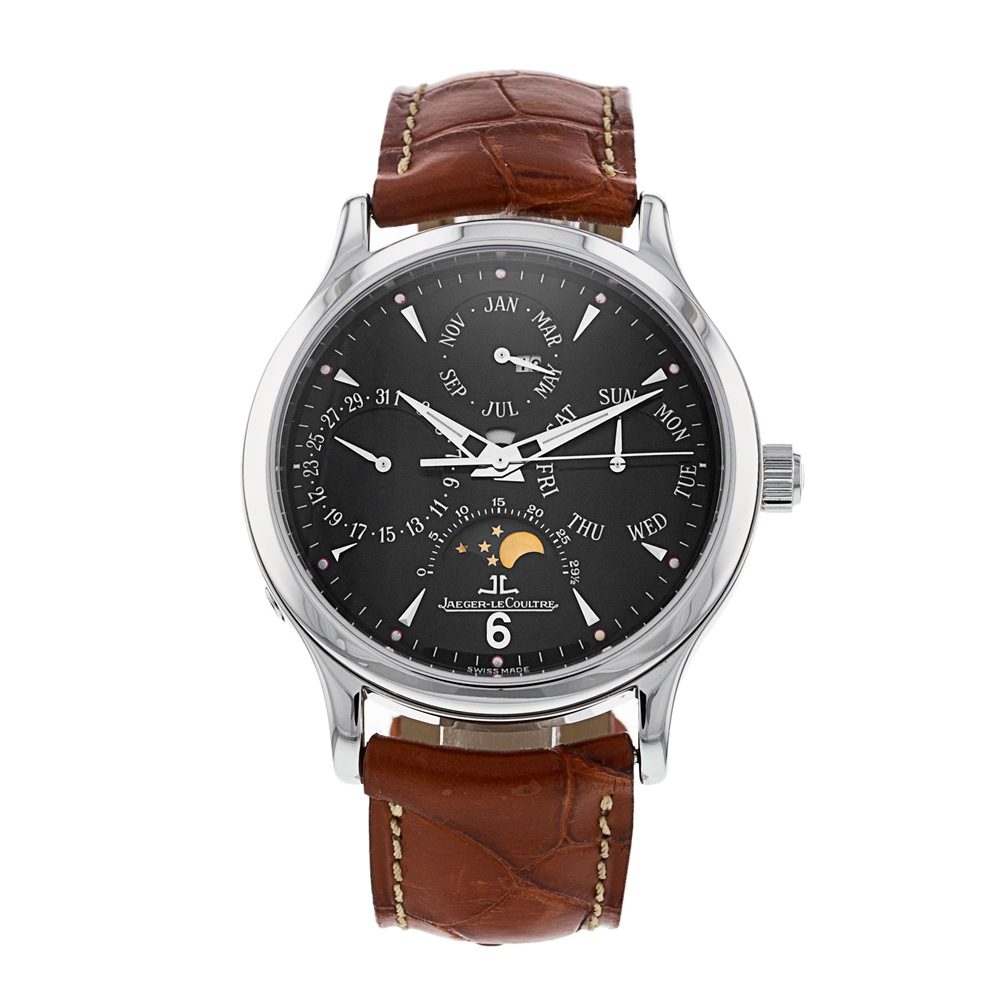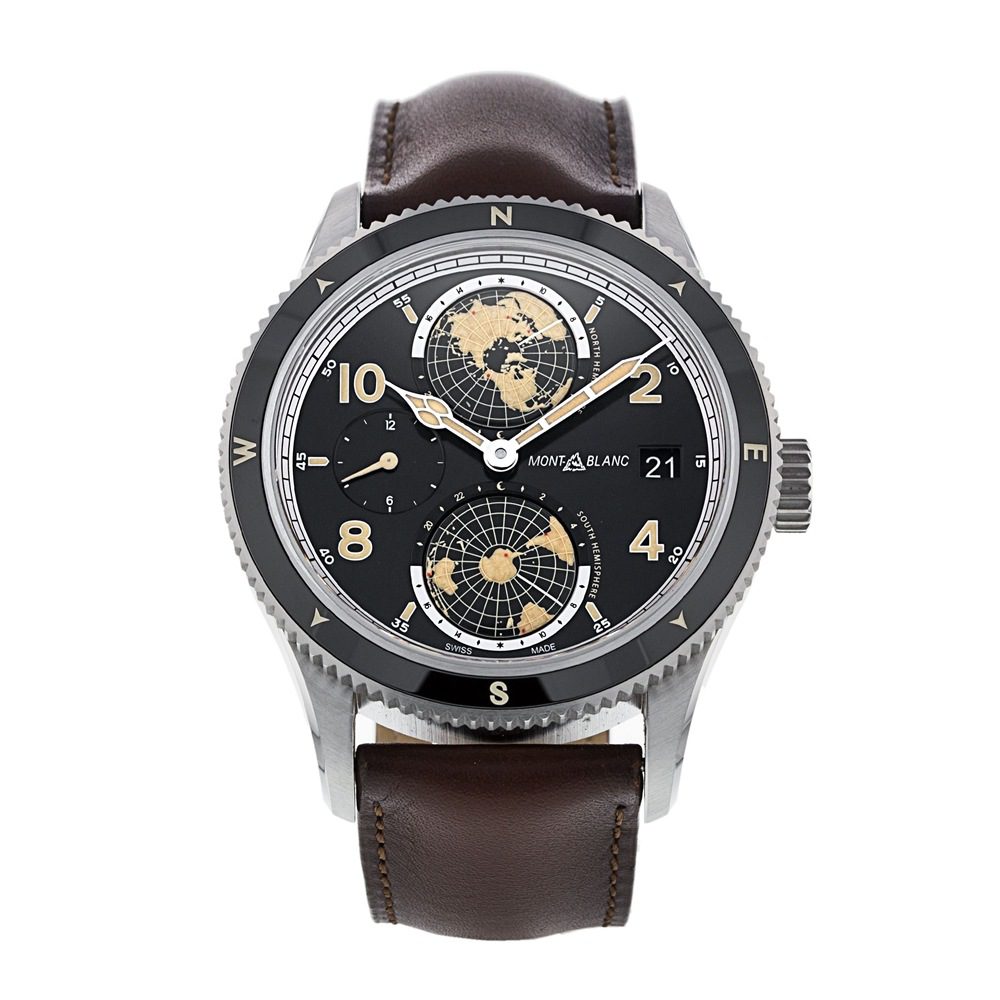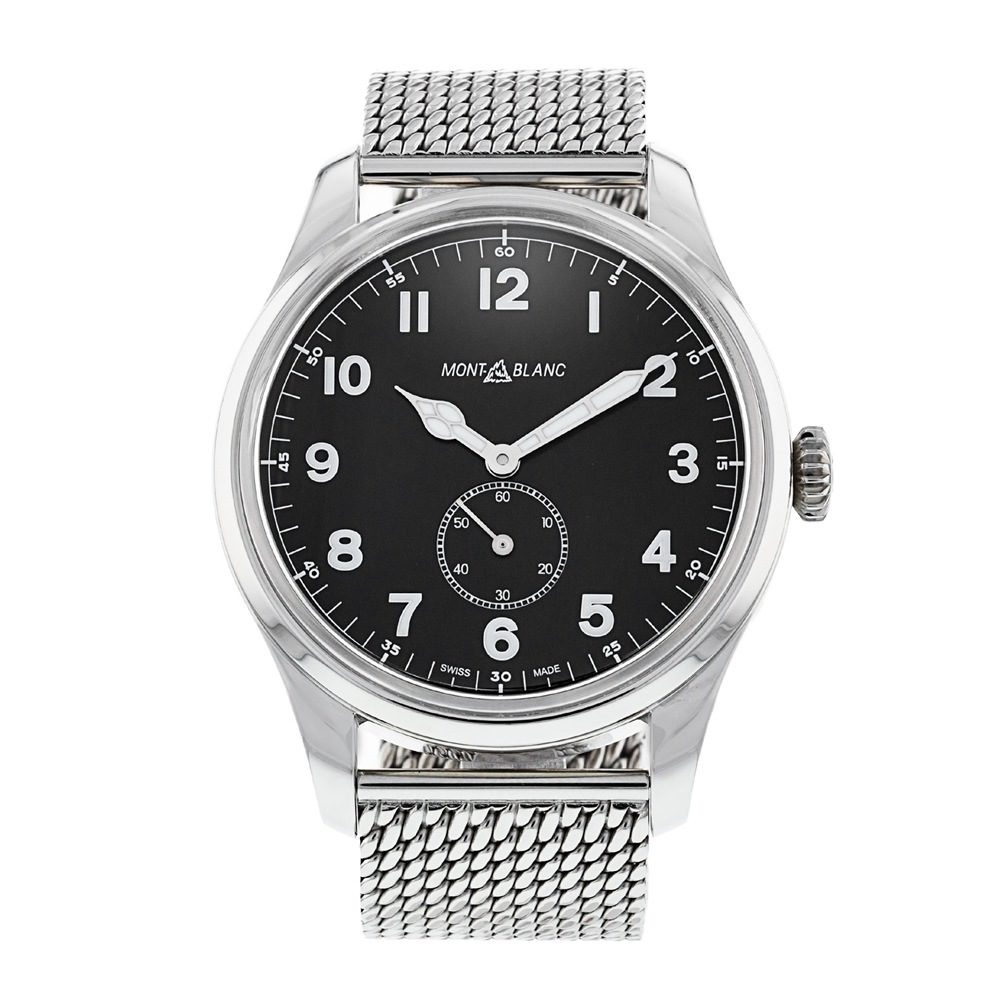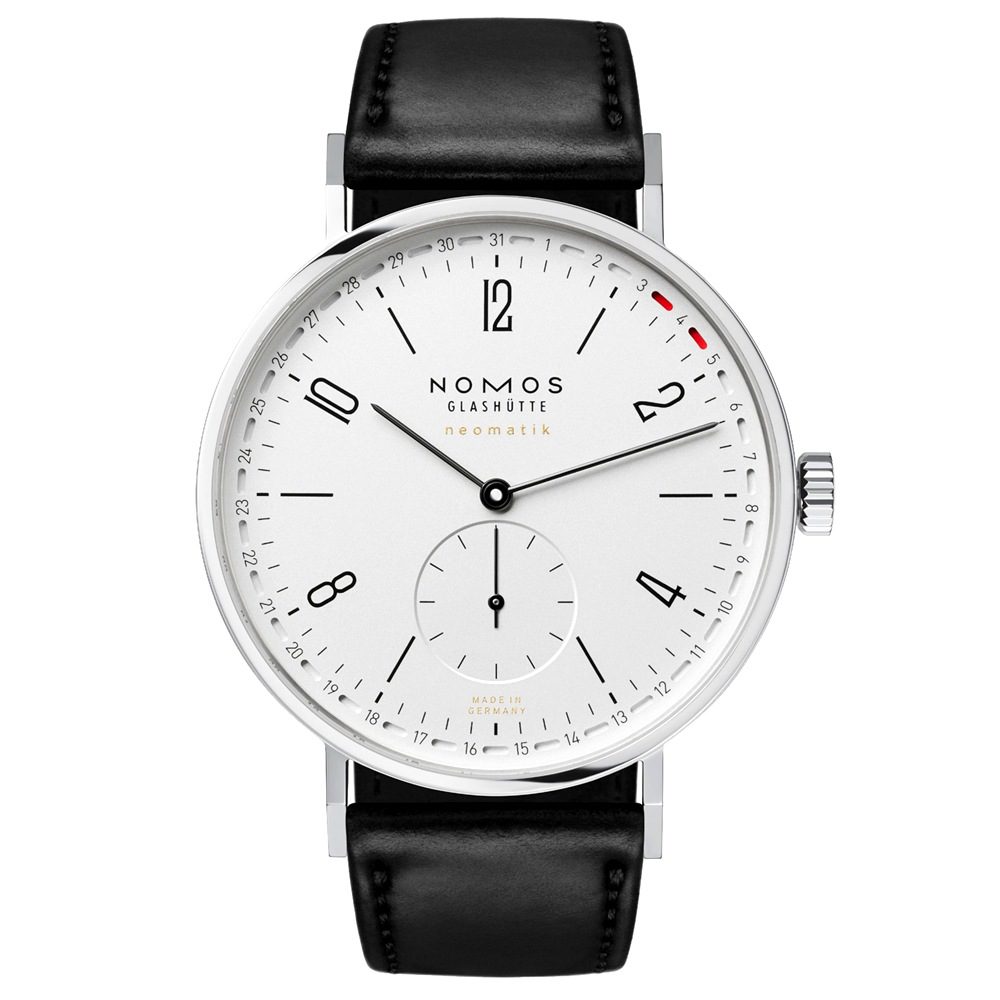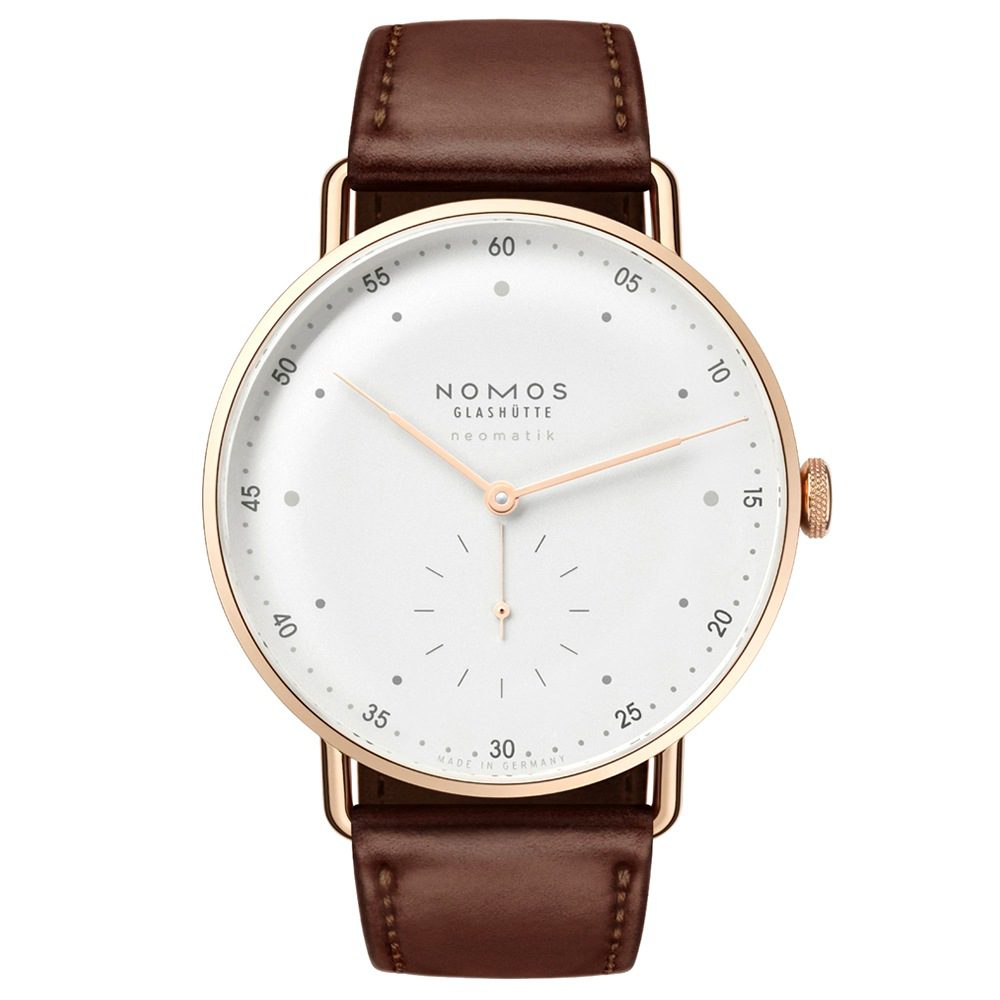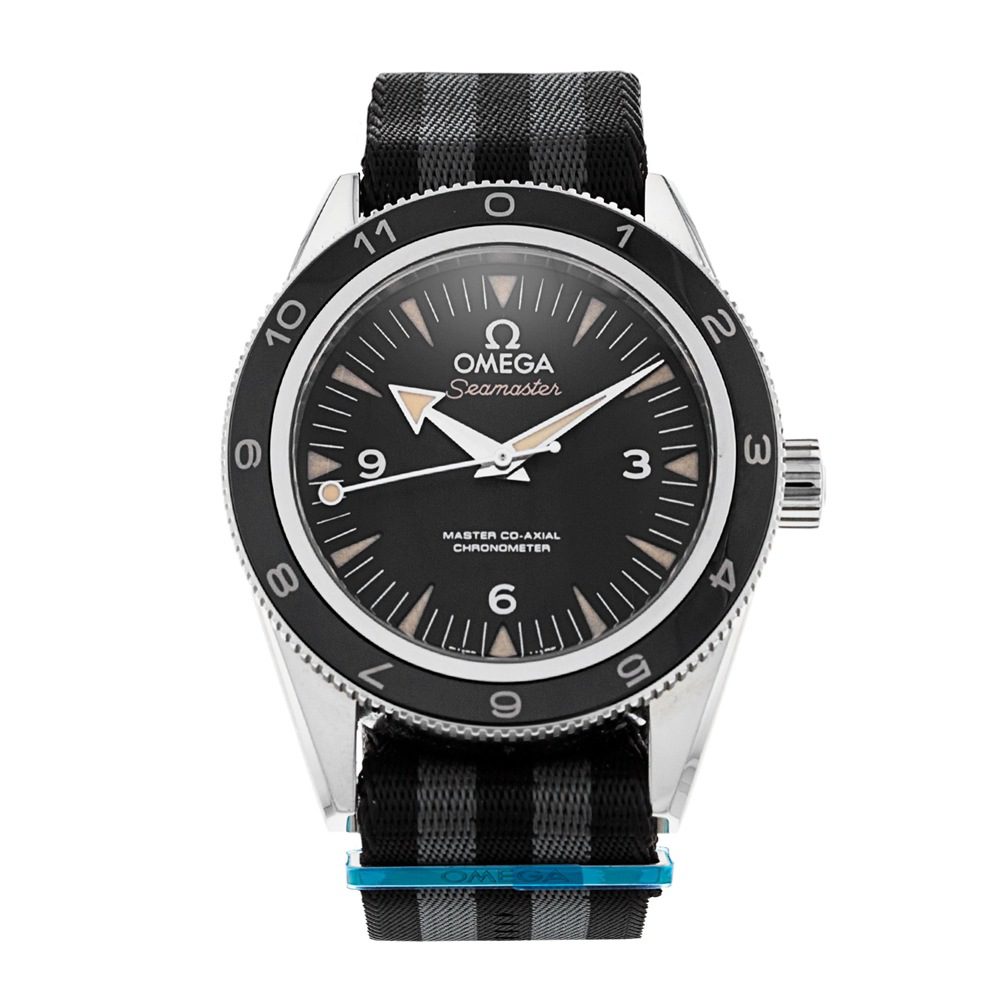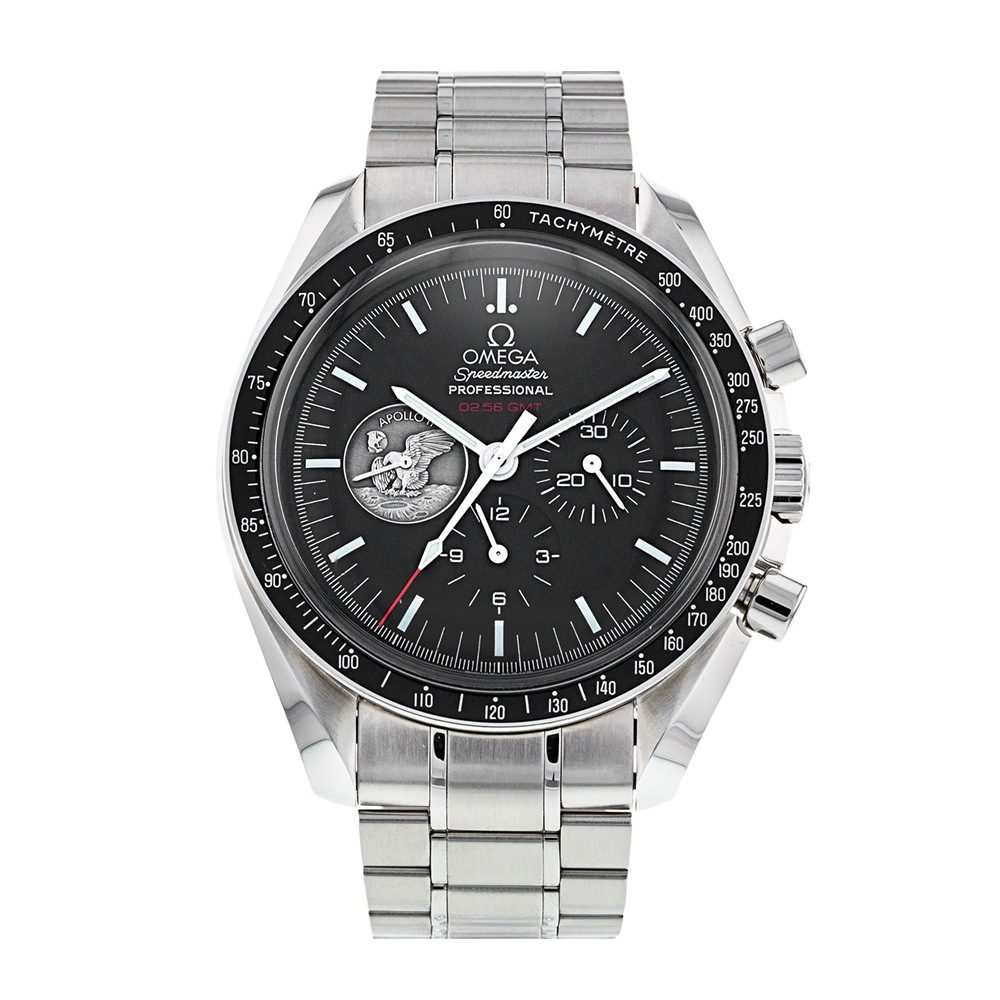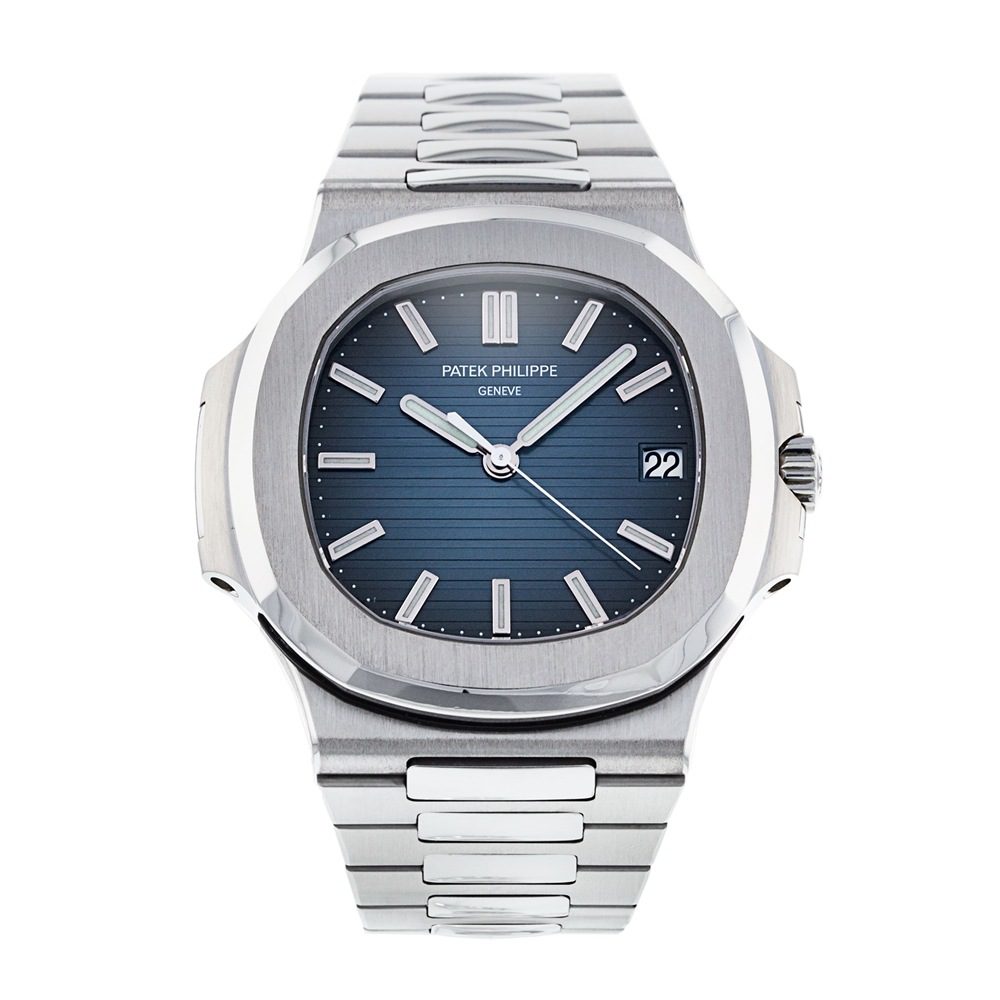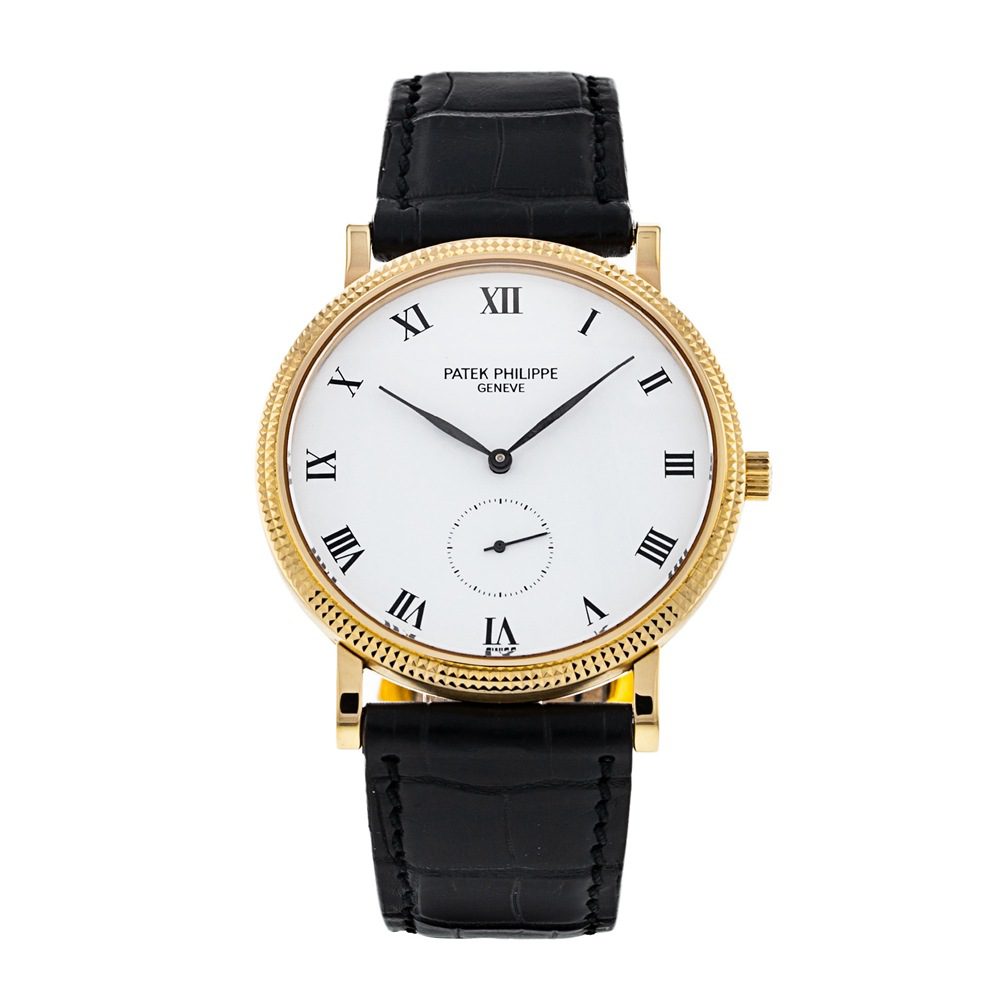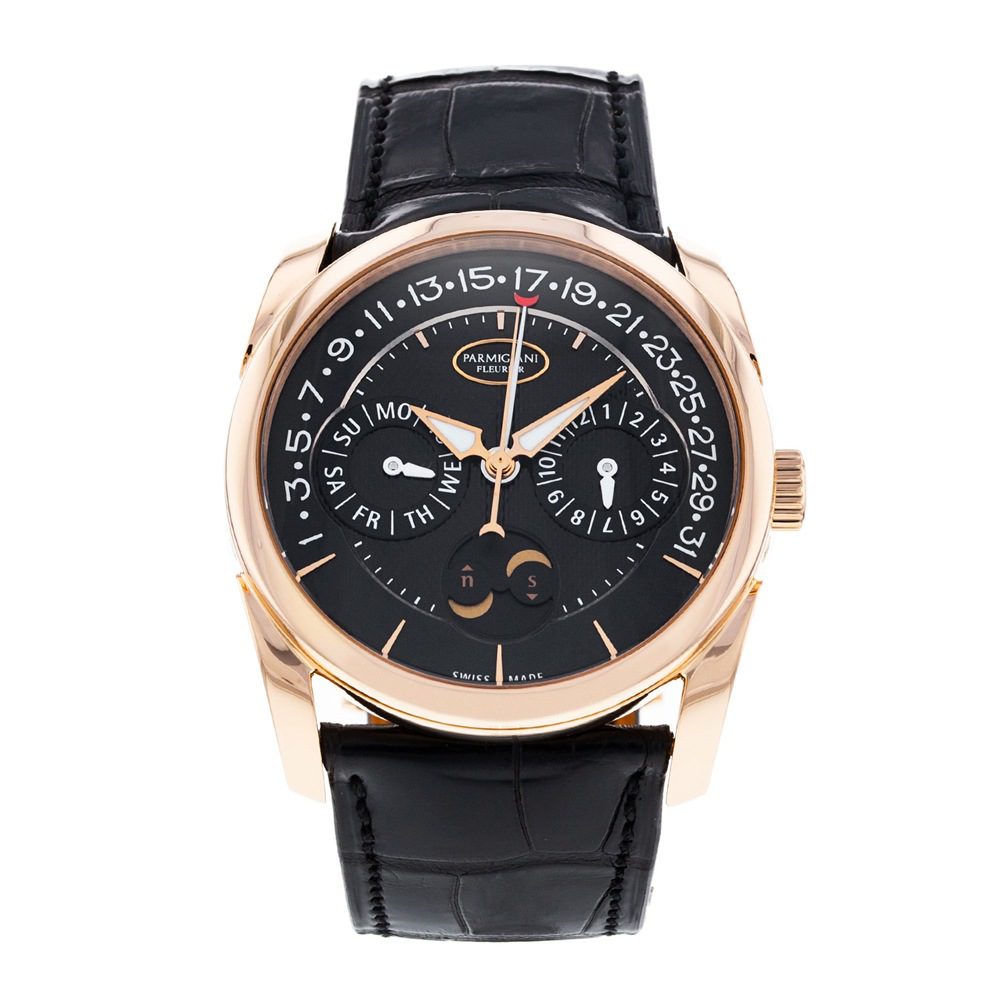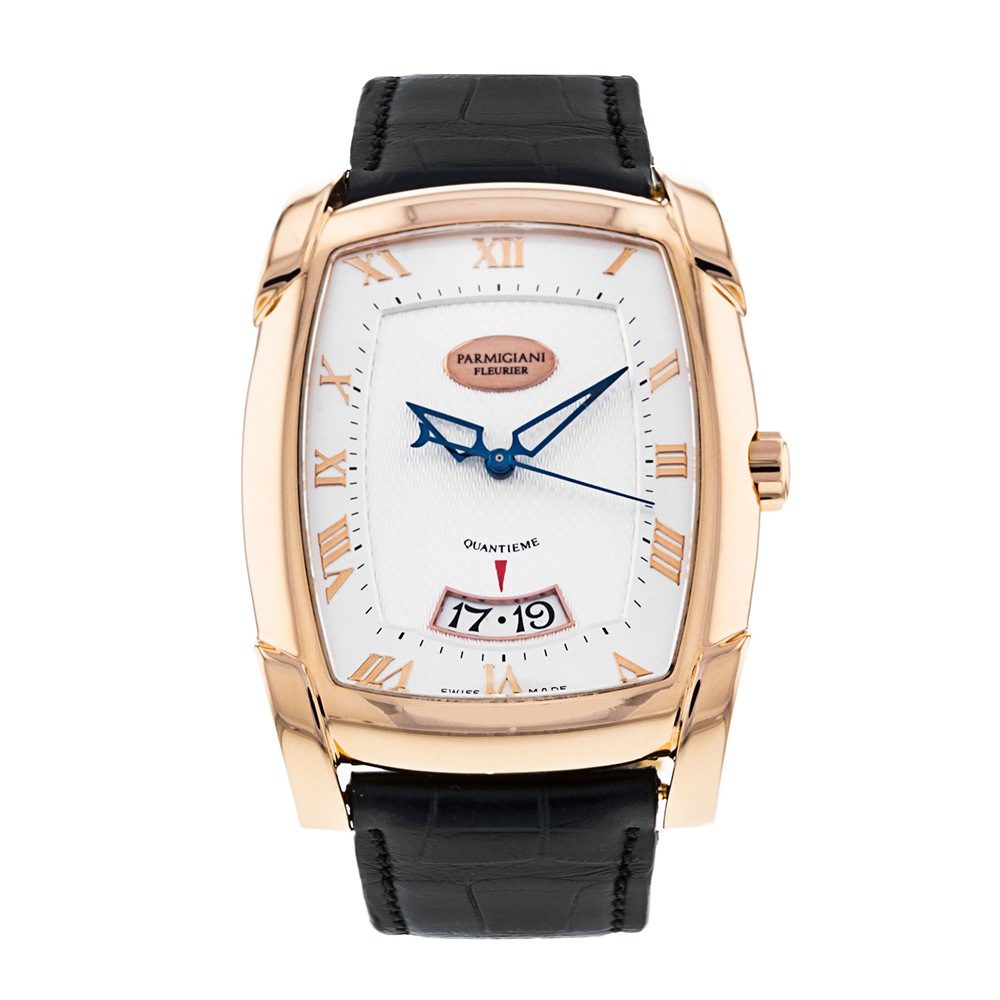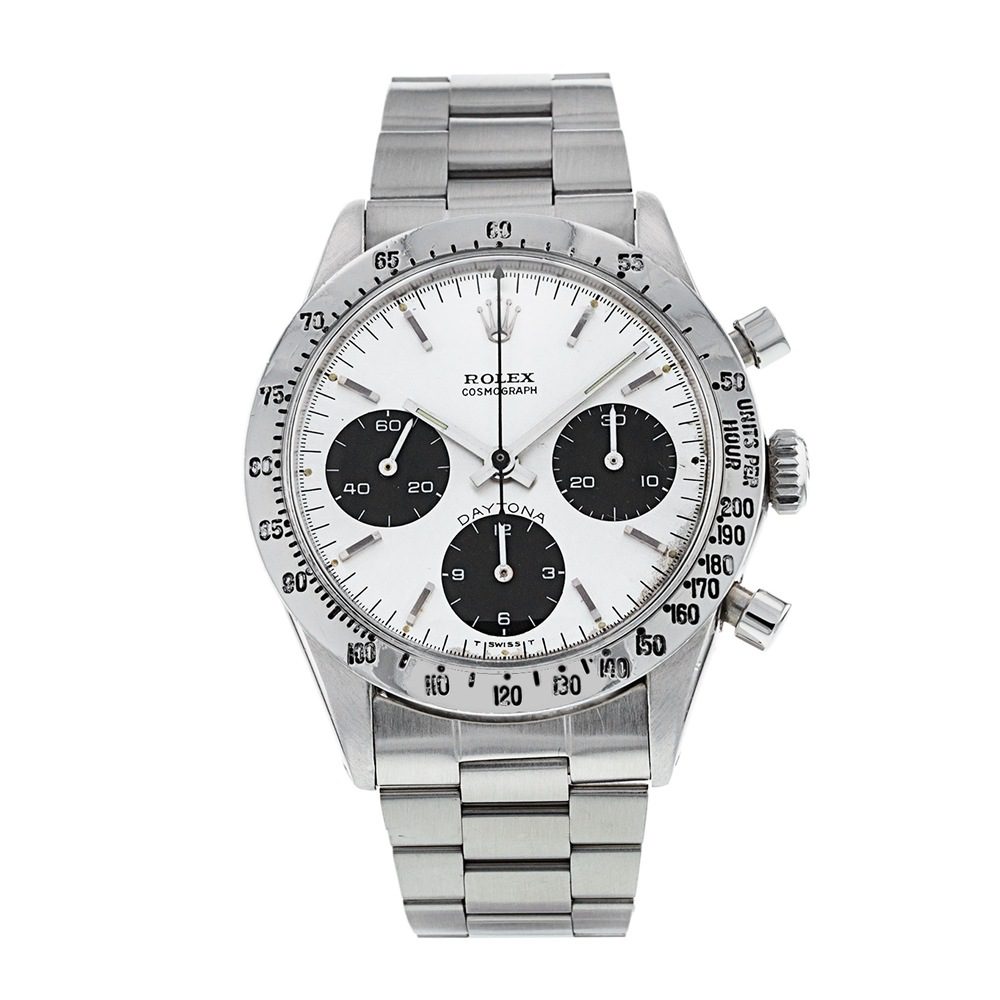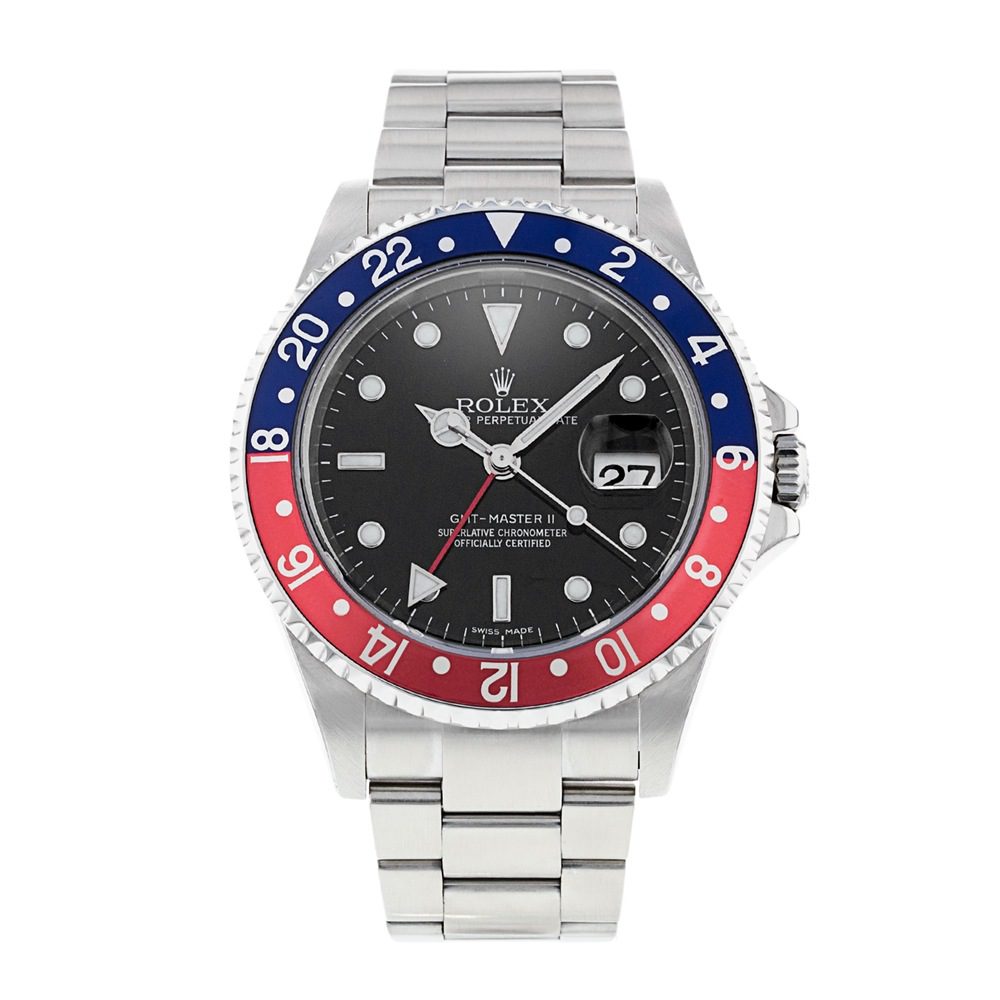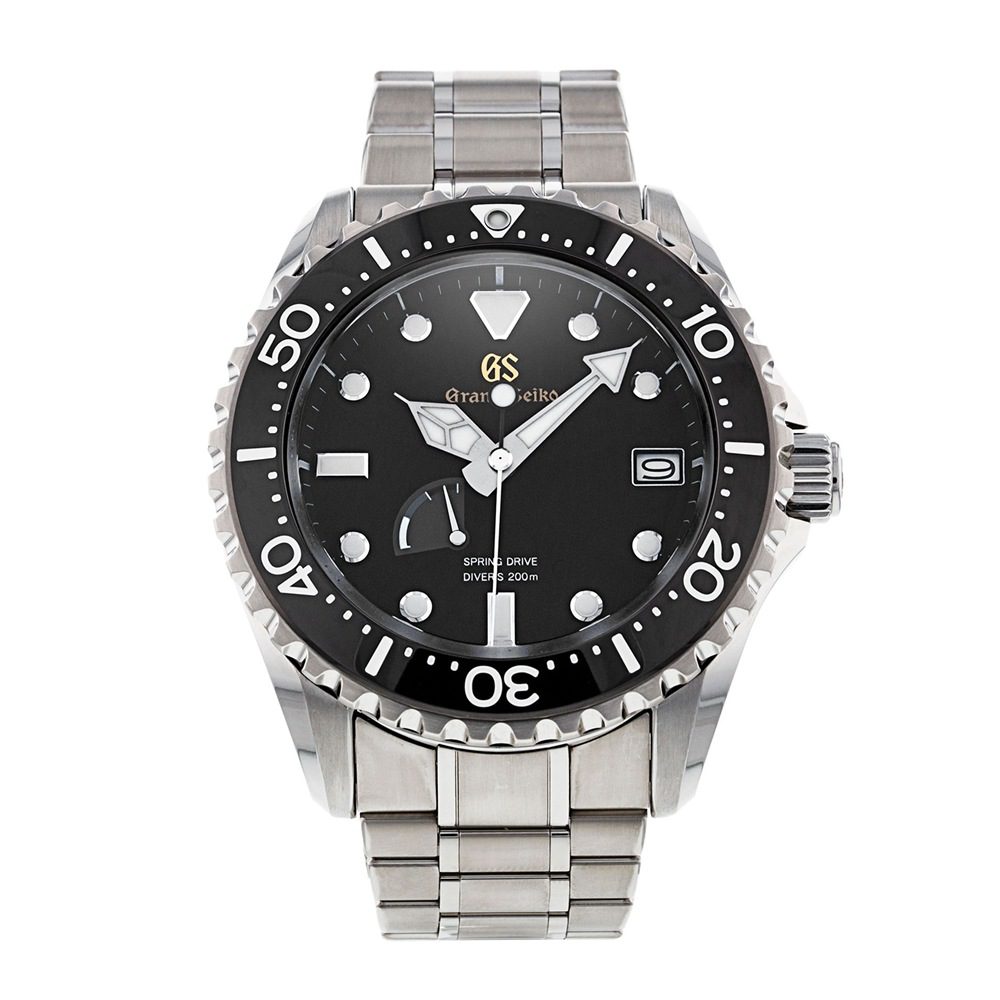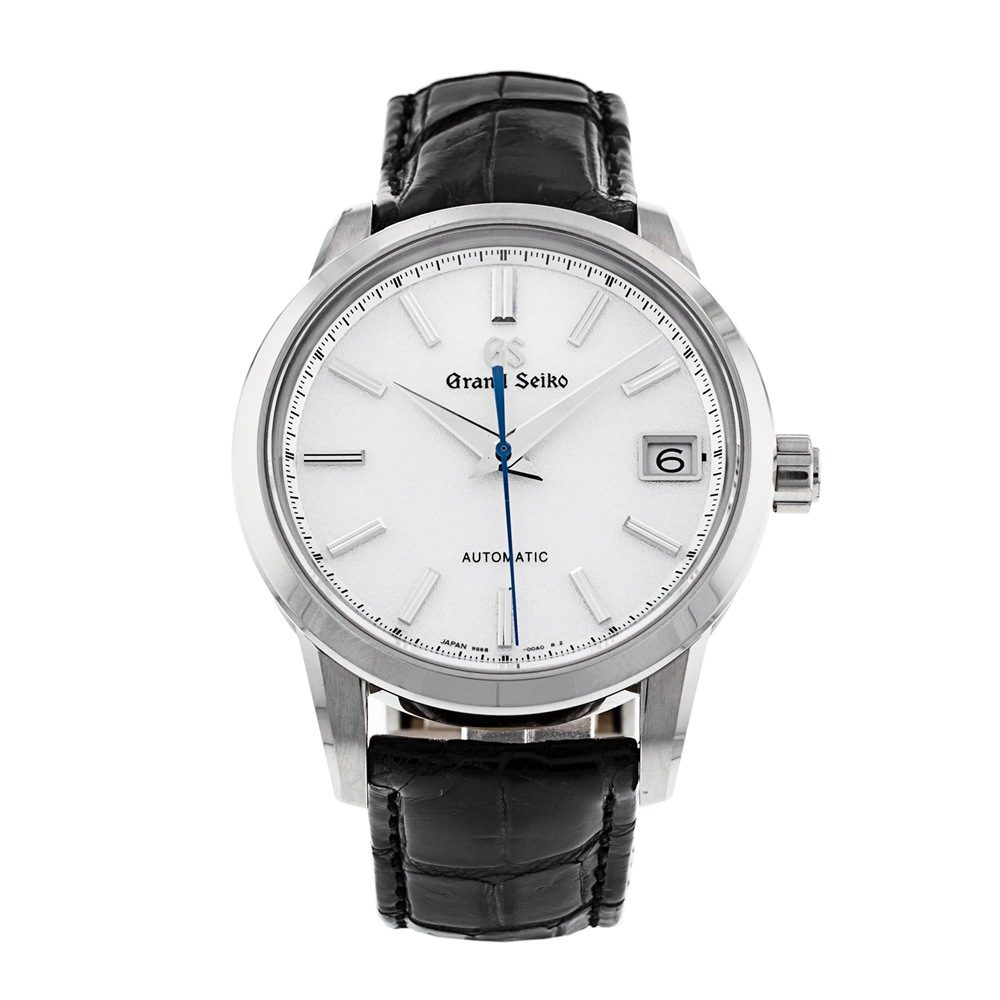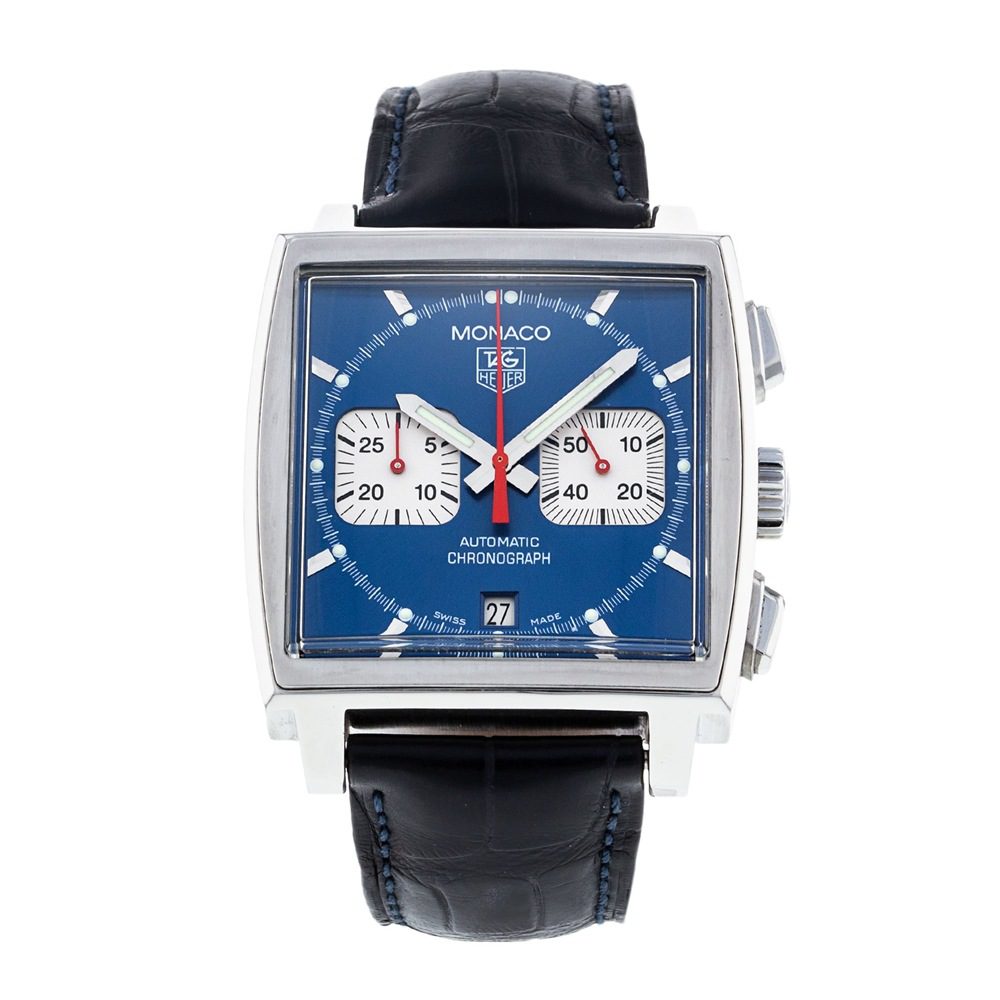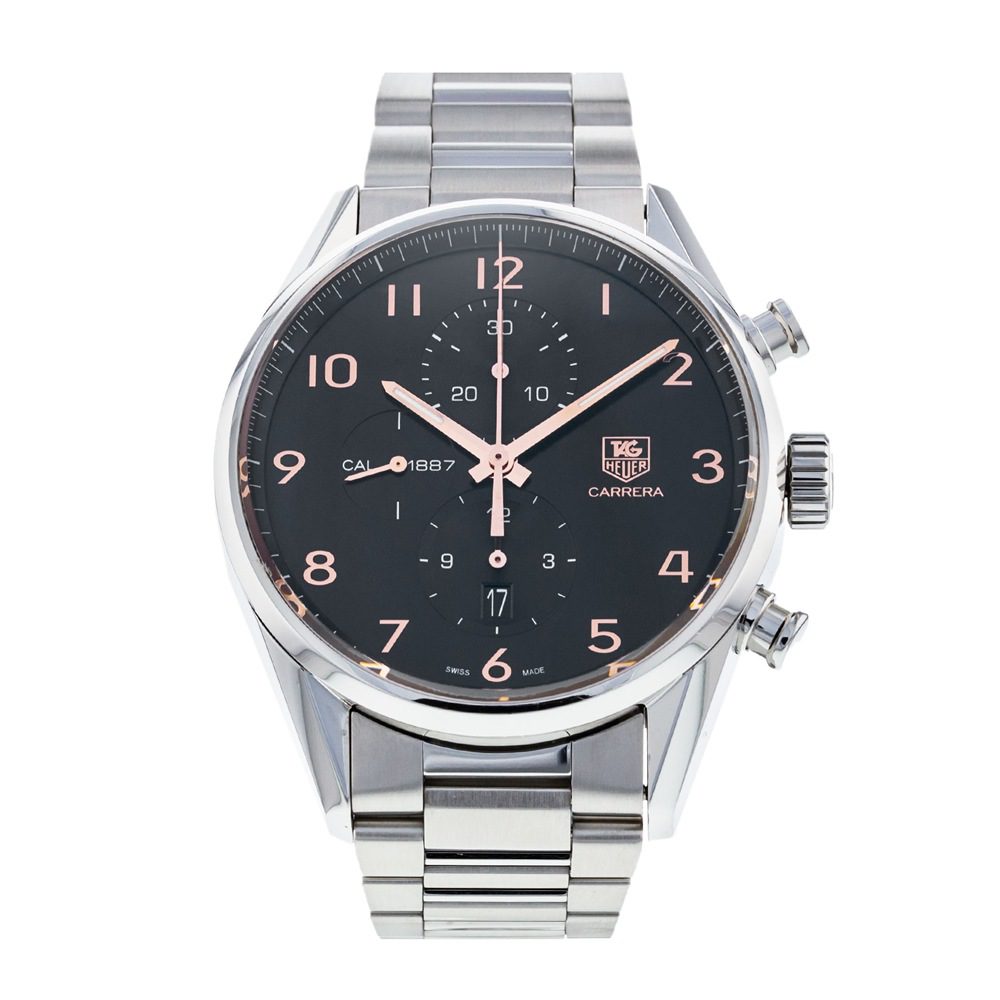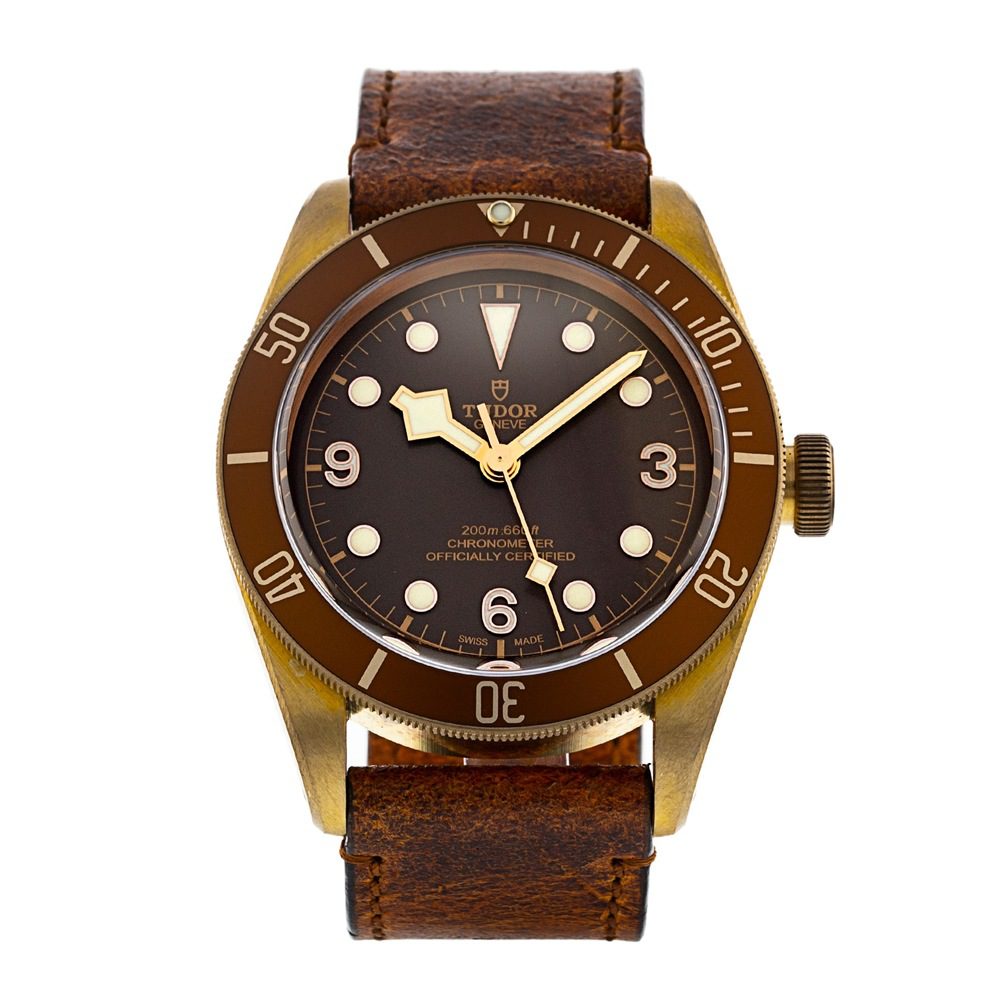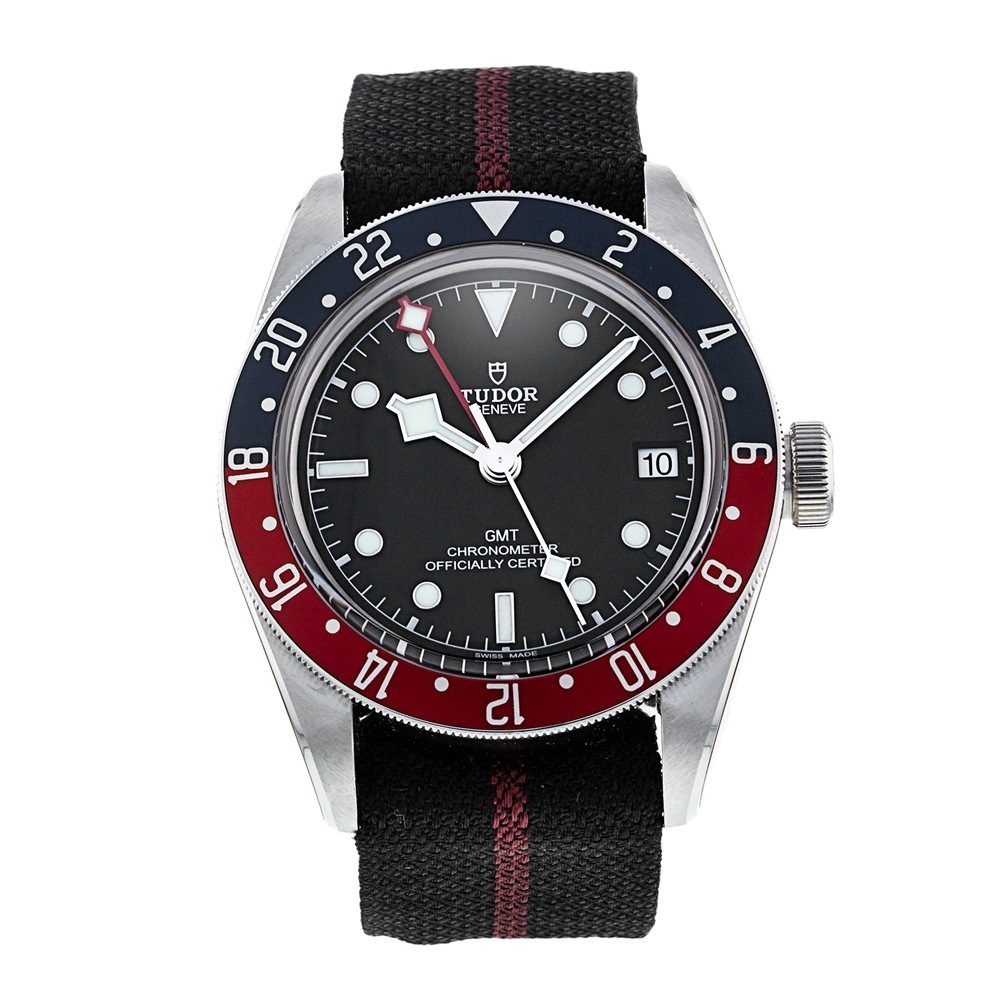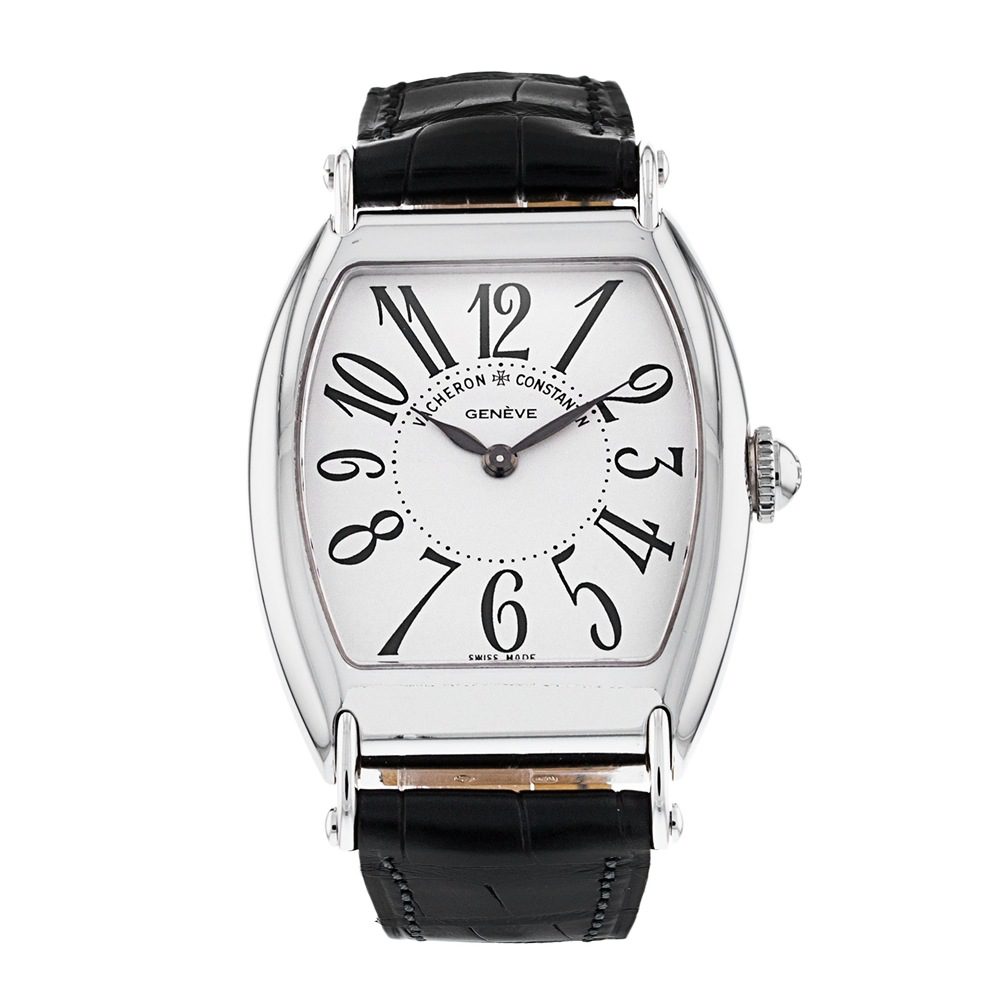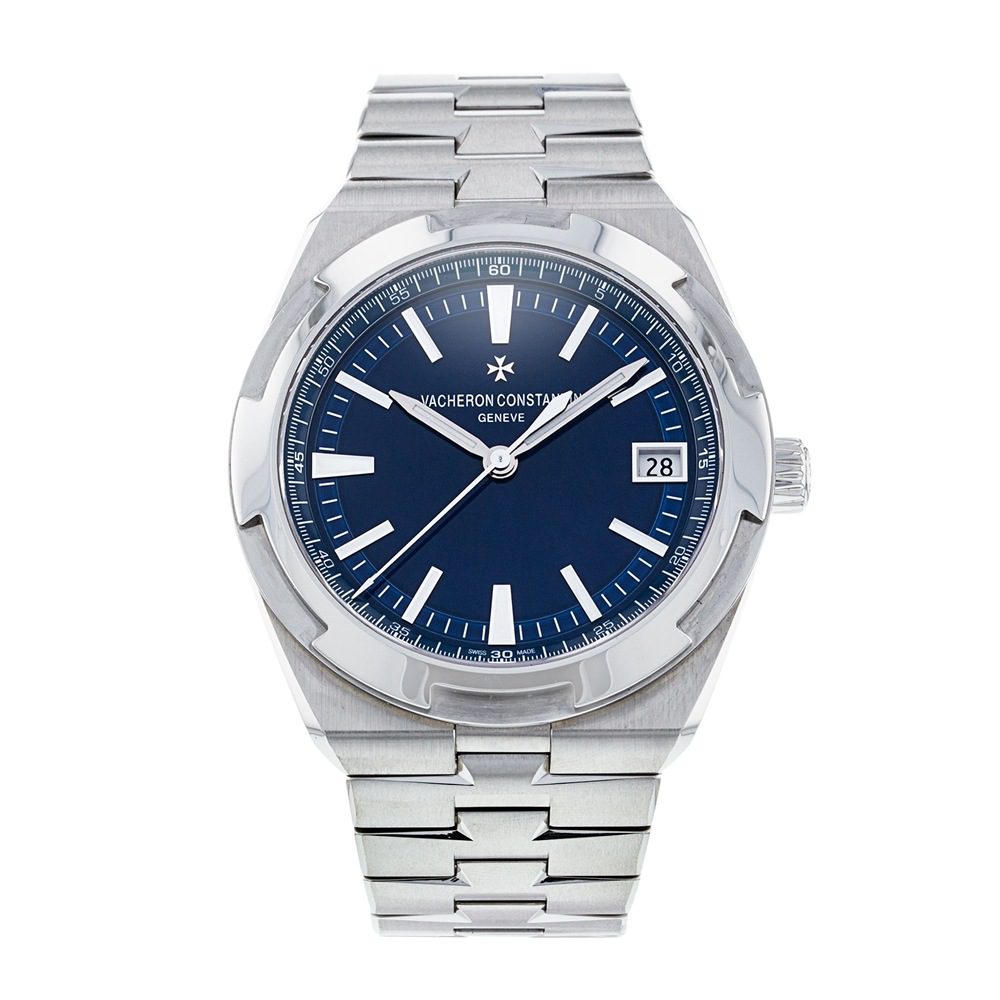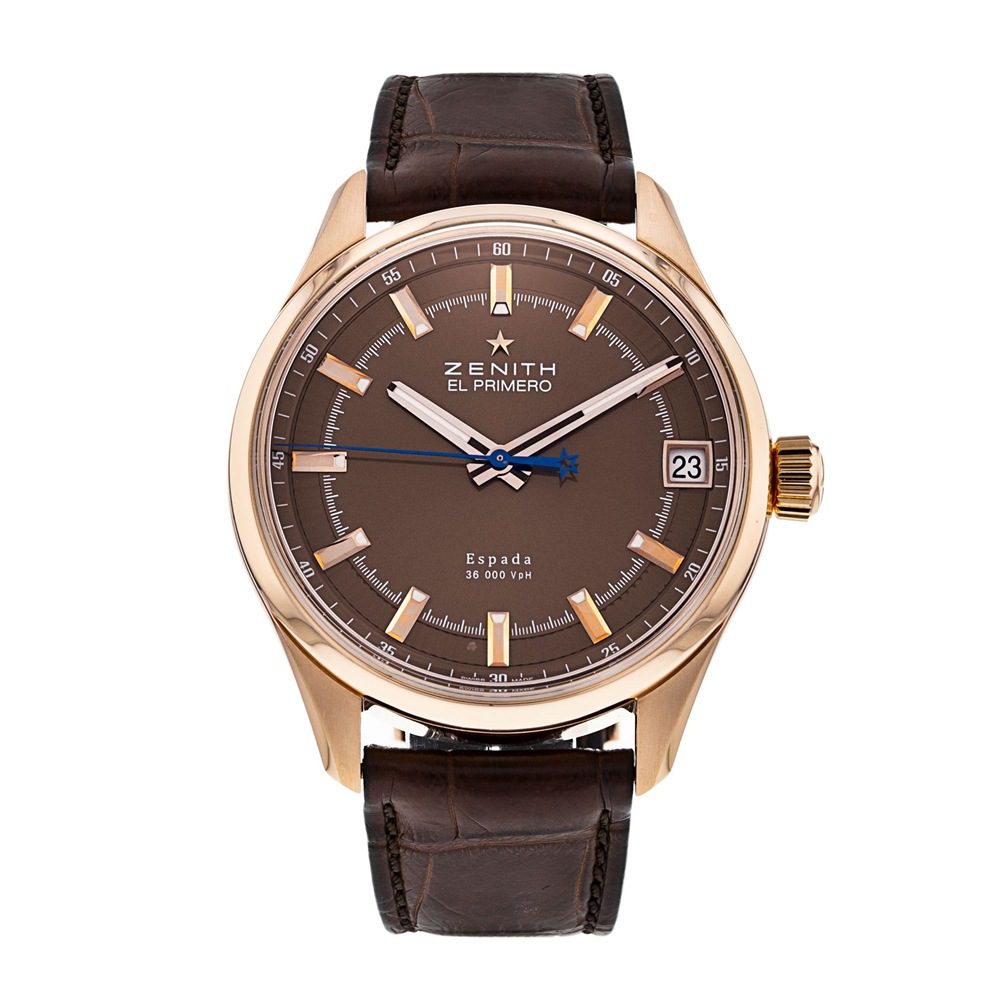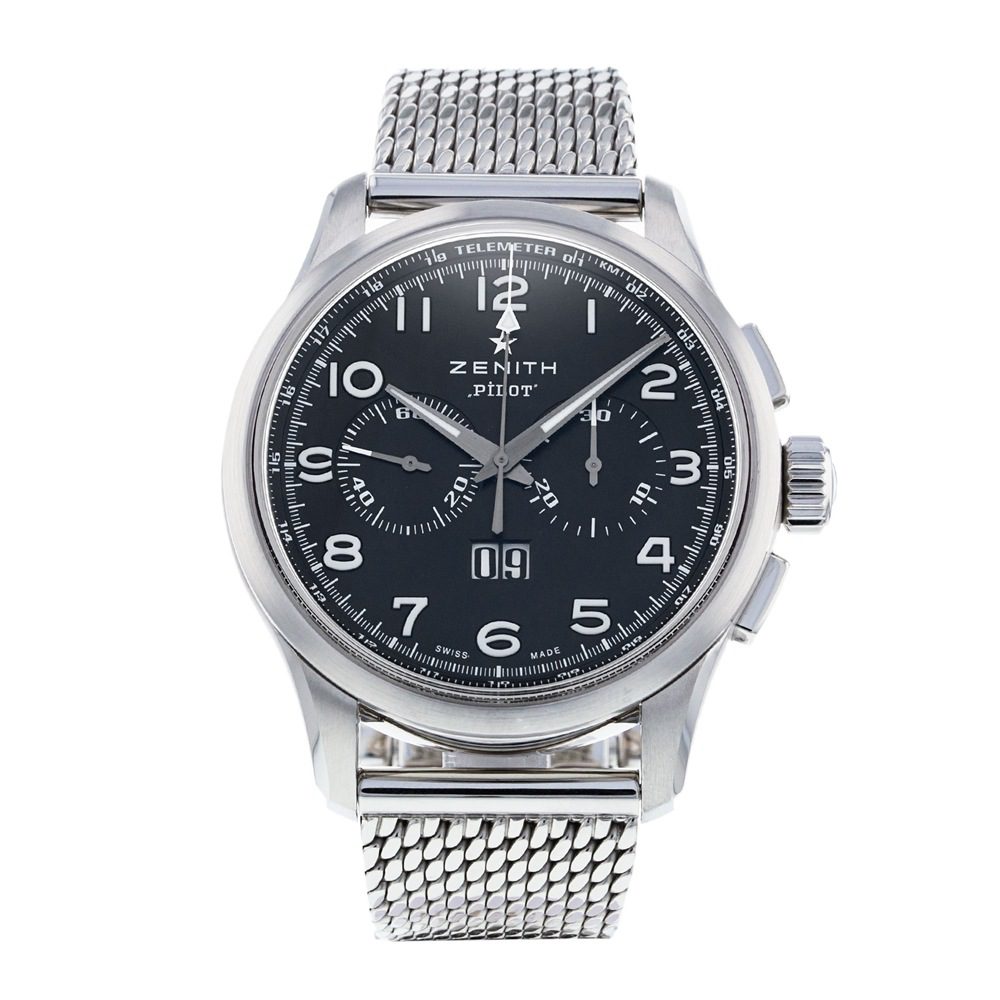The Greatest Watchmakers In The World Today (And The Models To Buy From Each)
There are a lot of watch brands in the world. A lot. And it’s not getting any less, with more popping out of the woodwork with each passing year, month and week. Still, when the smoke clears every once in a while you’ll notice the same watchmakers are nicely settled at the peak of the industry, the grand maisons that have cemented their position over generations.
It’s impossible to keep track of every release from every watchmaker out there, but these are the names every collector, big or small, should know – along with the key models worth investing in.
A.Lange & Sohne
They may have originally been founded way back in 1845, but the present-day legacy of A. Lange & Sohne is the revival of Glashutte; they are largely responsible for bringing Saxon watchmaking back into the world. Aside from that, they are also one of the most sought-after names in watch collecting, producing low numbers of truly beautiful timepieces.
Their signature model is the Lange 1 in its various guises (such as the Grand Lange 1) but they have plenty of off-kilter models too, like the intensely modern Zeitwork and stunning Lumen watches with their glow-in-the-dark sapphire dials. There’s a good reason A. Lange & Sohne is considered the pinnacle of German watchmaking – and a good reason they have price tags to match.
Audemars Piguet
The Royal Oak is really all you need to know about Audemars Piguet. Back in the 1970s, it was the first luxury sports watch, a big old chunk of steel that cost as much as most gold pieces at the time. It was a bold move that worked incredibly well. Almost too well in fact, as the modern AP is all but devoted to it. Even the recent Code 11.59 pieces, the brand’s first major follow-up to the Royal Oak, has been faltering – not because it’s not a cool watch, but because it’s just not the Royal Oak, or it’s more extreme sibling the Royal Oak Offshore.
Audemars Piguet does produce more classical pieces in the form of the Millenary and Jules Audamars collections – both of which hark back to the brand’s 1875 foundation – but talk to collectors and there will always be one watch on their lips.
Blancpain
If there’s one watch that’s had as great an impact on diving watches as the Rolex Submariner, it’s Blancpain’s Fifty Fathoms. Developed for the French Navy, it’s one of the original diving watches and, in our opinion, the more handsome, with it’s curved bezel and distinct, militaristic look.
Recently Blancpain has been raiding their archives for Fifty Fathoms inspiration, bringing back some of the weirder and wackier versions from the past. The Villeret collection on the other hand is along the same lines as Swatch Group stablemate Bregeuet: purely classical, with plenty of ornate embellishment and complications. Blancpain straddles two very different types of watches and does both extremely well.
Breitling
The Breitling Navitimer was the original smartwatch, at least when it comes to pilots in the golden age of aviation. Its usefulness and style put Breitling on the map and it has been the watchmaker’s flagship model ever since. Recently though, Breitling has been changing and is still in flux, with a diverse portfolio of pieces ranging from reissues to Norton motorbikes tie-ins to the Emergency II (a transponder watch designed to be used in case of a Castaway, Tom Hanks kind of situation).
For me, the focus should always be the Navitimer, but their latest new collection, the Premier, is superb all the same. Time will tell where Breitling end up at this point, but it’ll be pretty damn interesting to find out.
Breguet
One of the most famous names in watchmaking, Abraham Louis Breguet is the man credited for building the first wristwatch, first tourbillon and a host of other horological innovations which were channelled into watches for Marie Antoinette, amongst others.
However, that was back in the late 1700s. The modern Breguet is a slightly different entity, having disappeared in the quartz crisis of the 1970s before being revived in 1999. It still retains its classicism though, and the watches produced in Vallée de Joux are some of the most beautiful in Switzerland, ranging from the simple, dressy Classique to the military-inspired Type XX and nautical, titanium-clad Marine. These are not entry-level pieces and it shows.
Bremont
Bremont has been leading the charge in British watchmaking across the world ever since brothers Nick & Giles English crashed their vintage plane in a French farmer’s field. That alone should give you some indication of what Bremont is all about. Their first watch, the MB1, was a chunky pilot’s timepiece that paid homage to Martin Baker ejector seats and to this day you can only get the red-barrelled version if you’ve actually used one.
The brand’s contemporary models maintain the same rugged, masculine aesthetic and their signature TripTick case encapsulate their tagline nicely: “tested beyond endurance”. They’re no longer as well-priced as once they were, making them ideal for picking up on the pre-owned market, but they’ll definitely stand the test of time – literally.
Cartier
They may have started life as a jeweller but today Cartier is as much a watchmaker as it is home of La Panthere. They are credited with the first pilot’s watch in the form of the Santos – a timepiece that has been given a refresh over the past year or so.
The Tank, a personal favourite of Ape, is an equally iconic piece, built back in 1917 with a rectangular silhouette inspired by its namesake military vehicle. For a more delicate shape, there’s also the Ballon Bleu with its lovely recessed crown and tactile case or the masculine Drive de Cartier with its classical motoring inspirations. No matter what grabs you, Cartier’s Parisian elegance is capped with their trademark sapphire cabochon.
Hublot
Big, bold and unashamedly ostentatious, you either love Hublot or loathe them. On the one hand they are undeniably impressive watches and, while that’s generally due to their dimensions, the materials and horology behind them are no less impactful. On the other hand, it takes a certain kind of hubris to pull them off.
Still, Hublot has had some great collaborations in recent years, including their faceted, arty pieces with Richard Orlinski and their ongoing partnership with Ferrari. The latter has made Hublot one of the few watchmakers to actually make some great car-inspired timepieces, first with the insane LaFerrari and more recently the Classic Fusion Ferrari GT. Don’t let their penchant for ridiculous names (Big Bang, King Gold, etc.) put you off investing.
IWC Schaffhausen
The International Watch Company (featured image, top) might not have the most inspired of names, but the Swiss-German horologist doesn’t need one; their aviation history speaks for itself. They were one of the watchmakers who pinned down the functional, tool aesthetic of a modern pilot’s watch – particularly with their legendary Mark XI, a grail timepiece for any military-leaning collector.
They’ve expanded since of course, with the classical Portugieser and Portofino, automotive-inspired Ingenieur and the aptly-named Aquatimer. Still, as the Big Pilot – with its pleasingly chunky, oversized crown – and the Spitfire Chronograph – the modern equivalent of the Mark XI – show, aviation is still very much the core of what IWC really stands for.
Jaeger-LeCoultre
One of the stalwarts of the Vallée de Joux, Jaeger-LeCoultre is most closely associated with the art deco icon that is the Reverso – the reversible watch developed for polo players that insisted on wearing their timepieces on the field. It’s still one of their most popular pieces, with “tribute” releases most years.
If you’re not a fan of rectangular watches (a lot of collectors aren’t) there’s always the Master Collection or, for women, the Rendez-Vous, both timeless options. At the higher end there’s the Hybris Mechanica, a collection of serious haute horology watches, including the extraordinary Master Grande Tradition Gyrotourbillon Westminster Perpétuel.
Montblanc
Montblanc came relatively late to watchmaking but have done it the right way. Rather than simply outsourcing their horology, they decided to buy a ready-built manufacture – the late Minerva, one of the greatest chronograph producers in history. The result has been a string of incredibly well-priced, beautifully classical timepieces that often fly under the radar a little too much.
Sure the Summit Smartwatch might be a bit of a blip, but pieces like the 1858 Geosphere – one of the best ways to spend just over £5,000 – illustrate just what Montblanc can do. And hey, you can always match your watch with some nifty leatherwork. Or a pen. Or one of the countless other things Montblanc crafts alongside their watches.
Nomos Glashutte
There are a number of brands that play on the Bauhaus school of design, but none have paired it with fine watchmaking as successfully as Nomos Glashutte. Their “less is more” approach is obvious from the simple, typographic designs created at their Berlin-based studio, while their in-house Neomatik movements are made in the same horological haven as A. Lange & Sohne.
There are a couple of pieces that venture a little more outside of the strict tenets of Bauhaus, such as the Autobahn with its graphically-embellished dial, but for the most part the teachings of the Dessau School are alive and well at Nomos. They also happen to be phenomenally well-priced for what they are, great for a first-time buyer.
Omega
Omega would like to think of themselves as a contender to the Rolex crown, and they’re not too distant a second place. They are the flagship of Swatch Group and for good reason: the Seamaster 300m Professional is famous for being the Bond Watch, and (you may have heard once or twice) they were the first watch on the moon with the Speedmaster on Buzz Aldrin’s wrist.
Omega also has one of the finest movements in the industry with the Co-Axial – based off the work of the late, great British watchmaker George Daniels and utilising a silicon balance spring. Most recently they beat out Rolex’s record-breaking dive to the bottom of the Mariana Trench in not just depth but time, too, as part of the Five Depths challenge.
Patek Philippe
The only watchmaker to make collectors weep as much as Rolex, Patek are arguably the most prestigious watch brand in the world. Founded in 1839, the watchmaker’s modern collection can be split pretty much down the middle, with their exquisite range of dress watches and high complications on one side and the 1970s steel Nautilus on the other, which has a waiting list every bit as daunting as that of a Daytona.
That list isn’t about to get any shorter either; as one of the last, independently-owned manufactures around, they’re in full control of their production and aren’t planning to up Nautilus numbers any time soon. Well, it’s not just their obvious quality that makes a Patek Philippe so sought after.
Parmigiani Fleurier
One of the youngest prestige watchmakers in Switzerland – and one of the few independent ones at that – Parmigiani was founded back in 1996 in the eponymous watchmaking haven of Fleurier. The man behind it, Michel Parmigiani is one of the most respected watch and clock restorers in the world, a classical background that comes to the fore in his diligent use of the golden ratio in his designs.
That said, there’s a distinctly contemporary side to the watchmaker too, particularly in their phenomenal collaborative timepieces with Bugatti. If there’s any watch that can really match a Chiron, it’s a Parmigiani. Throw in a few unusual dials on their Tonda pieces and the occasional Grecian column-inspired bezel and you have a watchmaker with far more horological heft than their age might suggest.
Rolex
If you’re reading this article you already know who Rolex are. They are the undisputed heavyweight champion of watchmaking, producing upwards of 800,00 watches a year. Some, like the Day Date, are classics but still relatively easy to get hold of. Others, like the Daytona Cosmograph or pretty much any of their steel sports watches, will have you waiting like a kid for Christmas unless you scour the preowned market.
If there’s one downside in what Rolex do it’s the lack of experimentation – they rarely bring out anything completely “new” – but given their reliability, cutting-edge materials and general horological confidence, that’s no problem. And there’s always the Paul Newman association, keeping vintage collectors frothing at the mouth.
Seiko/Grand Seiko
Japanese watchmaking is Seiko and Seiko is Japanese watchmaking. Founded in 1881, the creator of the quartz movement has constantly been producing great watches for a fraction of the price of Swiss manufacturers. At the bottom end you have things like the Presage and Prospex pieces, then you have Grand Seiko, essentially Japan’s Rolex and a collector’s darling.
Finally, you have Credor, who epitomise the image of a Japanese artisan in a little mountain workshop. Prices obviously vary wildly between the sub-brands – a few hundred to a few hundred thousand – but you’ll find value for money at every level.
Seiko are particularly proud of their proprietary Spring Drive movement, a hybrid of sorts that originally was restricted to Grand Seiko and is now being filtered into other collections. Throw in a few cool collaborations with Bape, Square Enix and plenty of Anime and there’s no watchmaker quite like Seiko.
TAG Heuer
The creators of the original racing watch, TAG Heuer is intimately linked to motor sports. There’s the legendary Carrera with its signature tachymeter, but also the Monaco made famous by Steve McQueen in Le Mans. Both are still core aspects of the brand, but perhaps the biggest recent strides TAG Heuer have made are in smartwatches. The Connected Modular is one of the coolest concepts in wearables, with the digital module able to be swapped out for a mechanical one, giving you both a smartwatch and serious, mechanical timepiece. Sure it’s gimmicky, but if smartwatches have to be a thing, they should be done this well.
Tudor
To call Tudor the little brother of Rolex is to do them a huge disservice. Granted there’s some truth in it – they’re the younger, more accessible brand after all – but Tudor is their own beast. Aside from a few models in the Glamour range, the focus is almost entirely on rugged sports pieces, from the flagship Black Bay to the North Flag, designed for polar explorers. Something, incidentally, Tudor has some expertise in – back in 1952, they went into the arctic with the British North Greenland expedition. Back up that heritage with some seriously good in-house movements and a surprisingly accessible price tag and the Rolex comparison just doesn’t cut it any more.
Vacheron Constantin
The oldest of the old school, Vacheron is the longest-running watchmaker in history, having never closed their doors since 1755. Understandably, Vacheron leans on their archive quite often, particularly in the reissue Historiques pieces. That said, there are also the sports-elegant Overseas and the surprisingly accessible Fifty-Six, neither exactly historical.
The Vacheron collection as a whole is rife with the kind of traditional complications you’d expect from a prestige watchmaker, with plenty of tourbillons and perpetual calendars under their signature Maltese cross. If you’re after a serious vintage piece however, Vacheron offers original, museum-quality options under the name “Les Collectionneurs”. Just don’t expect a deal.
Zenith
For decades, Zenith has been inextricably linked with the El Primero chronograph, and for good reason. As one of the most highly regarded movements ever built, it’s been in plenty of watches, not all of which bear the Zenith star. Still, the modern brand has gone beyond its signature sports chronographs and the cool, vintage Type-20 pilots pieces and is one of the few marques genuinely trying to innovate what a watch movement is. They’ve done so with the Defy Inventor and it’s unique balance, a single-piece oscillator that vibrates at an extraordinarily high frequency. For now, it’s only in the overtly contemporary Defy models but, if it catches on, could well be the company’s next incredible contribution to watchmaking.
